
The




The


How Australia is stepping up and filling the rare earths void FEATURING Barry FitzGerald, one of Australia’s leading resources journalists
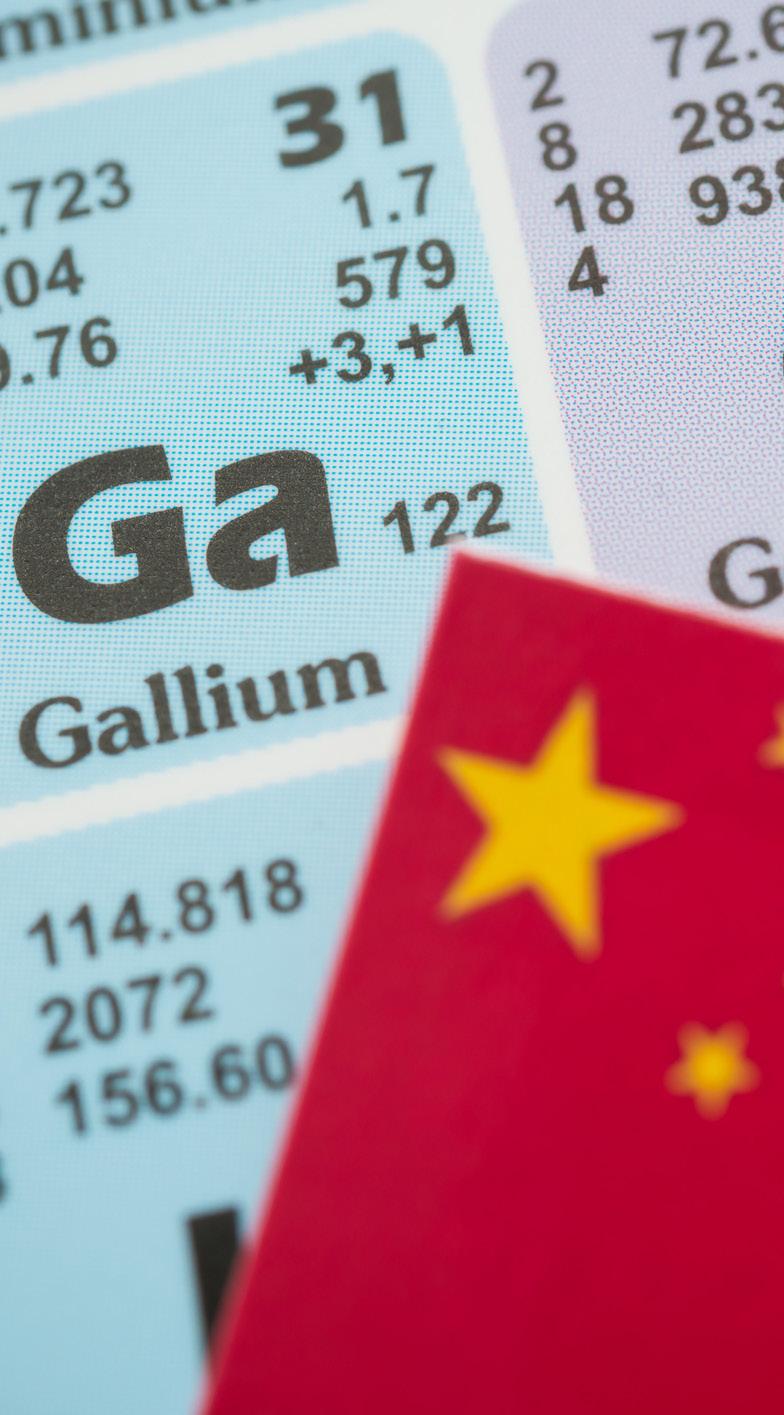
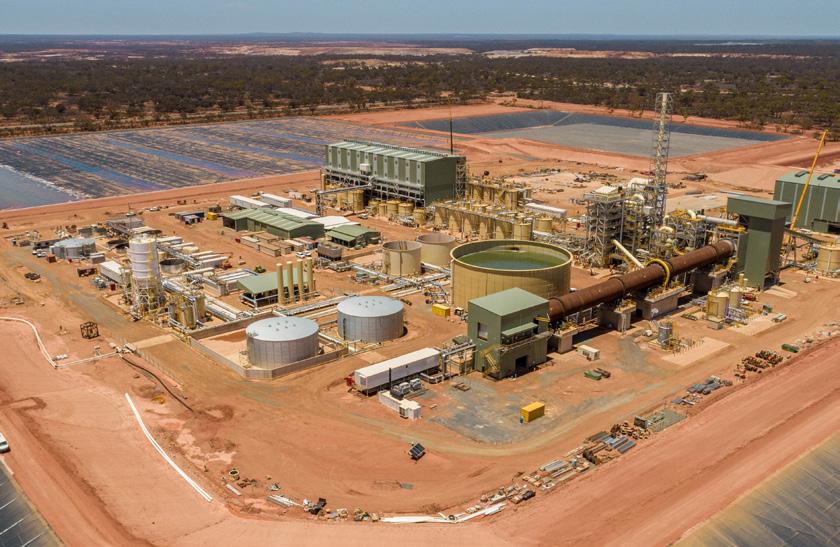
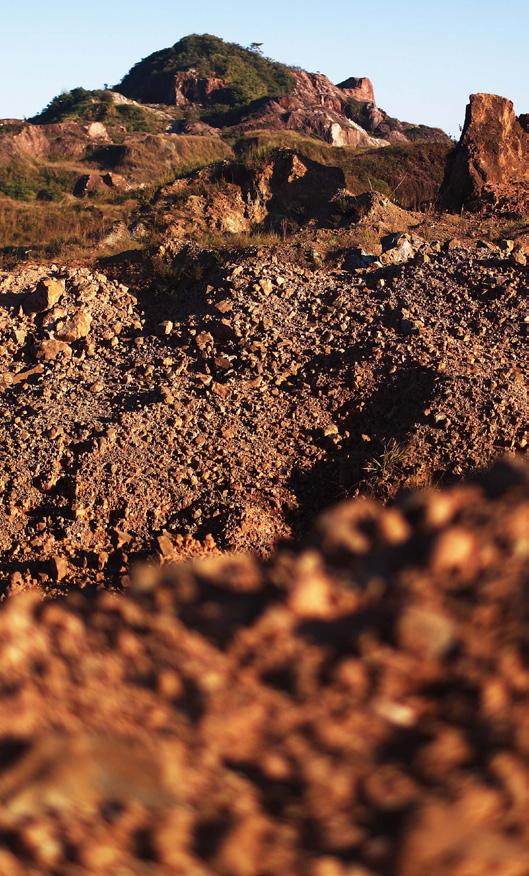

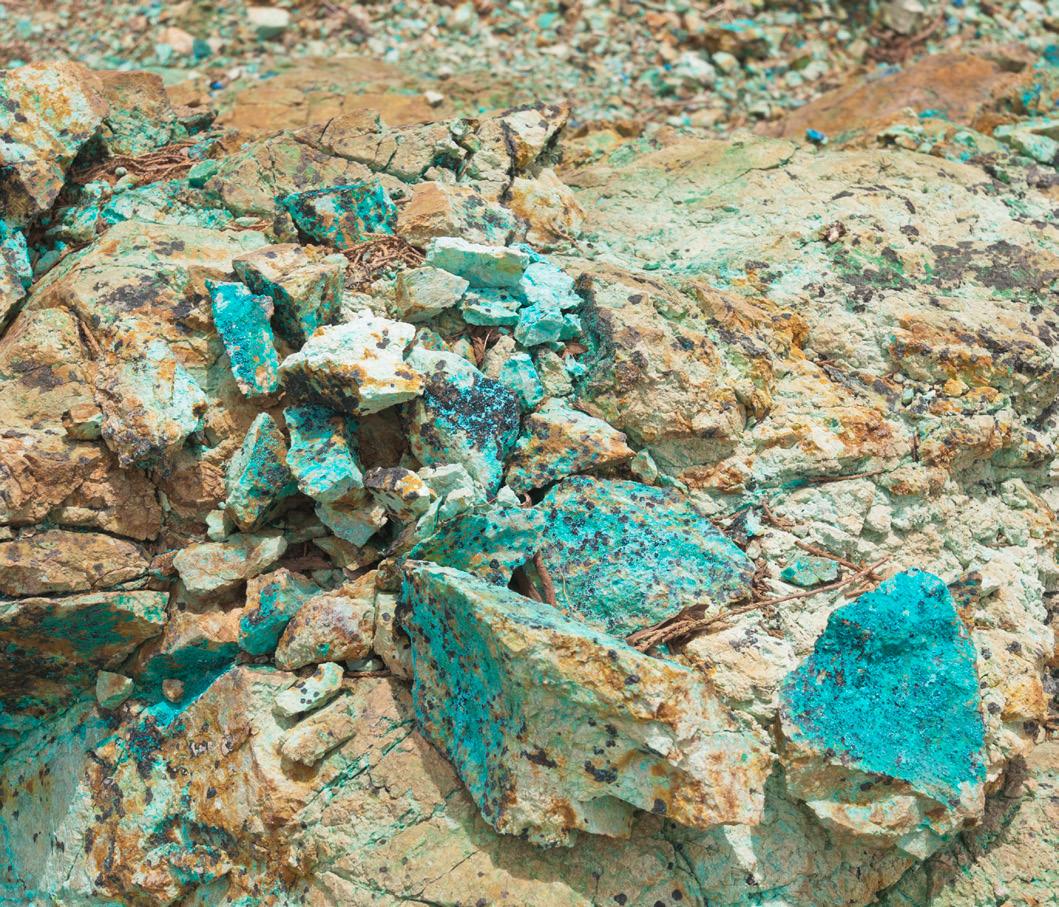

How a trade war created the opportunity of a lifetime for ASX critical minerals explorers.
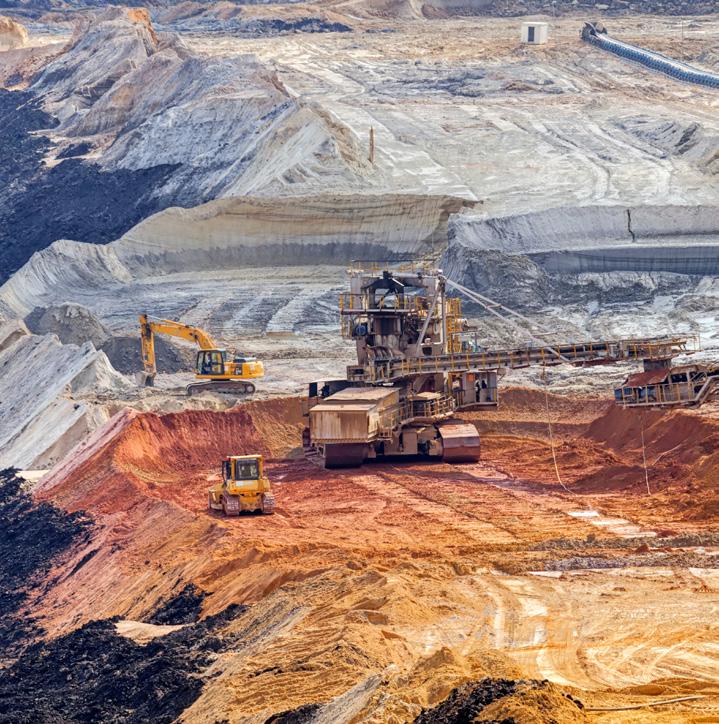
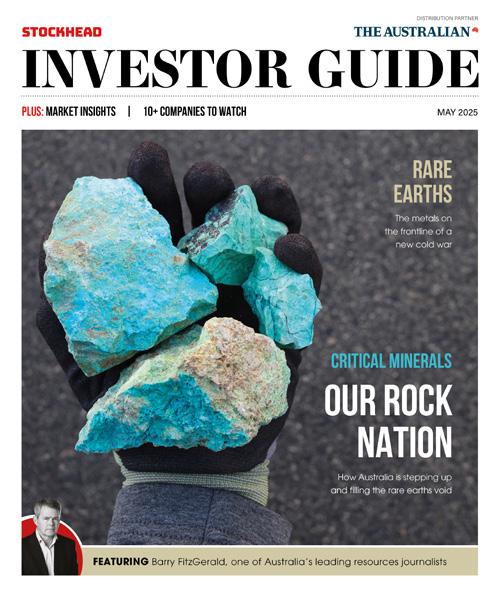
EDITOR’S
LETTER – JOSH CHIAT
The market has been engulfed in recent weeks and engrossed in the magnitude of the shift in global supply chains caused by a single action – US President Donald Trump’s commitment to raise tariffs on virtually all of the global economic powerhouse’s trading partners.
From one angle that’s bad for investing in commodities, if a slowdown in global trade leads to price cuts for products like steel, iron ore, copper and oil.
But the heightened tensions between the US and China have brought into view, clearer than daylight, the rising strategic significance of critical minerals.
Think rare earths, niobium, lithium, antimony, graphite, gallium, germanium, tin and more. Production and refinement of
these metals rests in the hands of Xi Jinping’s China, and as the manufacturing heartland begins to weaponise its dominance and restrict exports, the deposits owned by companies operating outside the Middle Kingdom look all the more valuable.
That was brought into sharp focus when China initiated export controls on a host of metals at the heavy end of the rare earths spectrum.
Including samarium, scandium, yttrium, terbium, dysprosium, gadolinium and lutetium, reports from Reuters suggest shipments that now require sign-off by China’s Ministry of Commerce are already being held up. That mirrors restrictions already placed on other niche commodities like gallium, used in semiconductors, germanium and antimony, a critical component in artillery and solar panels.
“Unique opportunities are emerging in companies brave enough to walk the path less trodden and make bold investments”
What does this mean for investors?
Unique opportunities are emerging in companies brave enough to walk the path less trodden and make bold investments in commodities once obscure to Western markets.
Inside Stockhead’s exclusive Critical Minerals Investor Guide you’ll find 11 of them, each working on their own solutions to bring manufacturing of the essential products of the modern world back to the West.
Before that, dive deeper into the US-China trade war and its consequences for miners with legendary resources journalist Barry FitzGerald on page 4, digest the state of play in rare earths with Kristie Batten on page 6 and learn more about the threats to tin supply with me on page 5.
Publisher: Stockhead
Co-Editor: Josh Chiat
Co-Editor: John Miller
Contributors: Barry FitzGerald, Kristie Batten E:
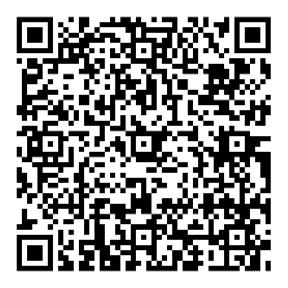
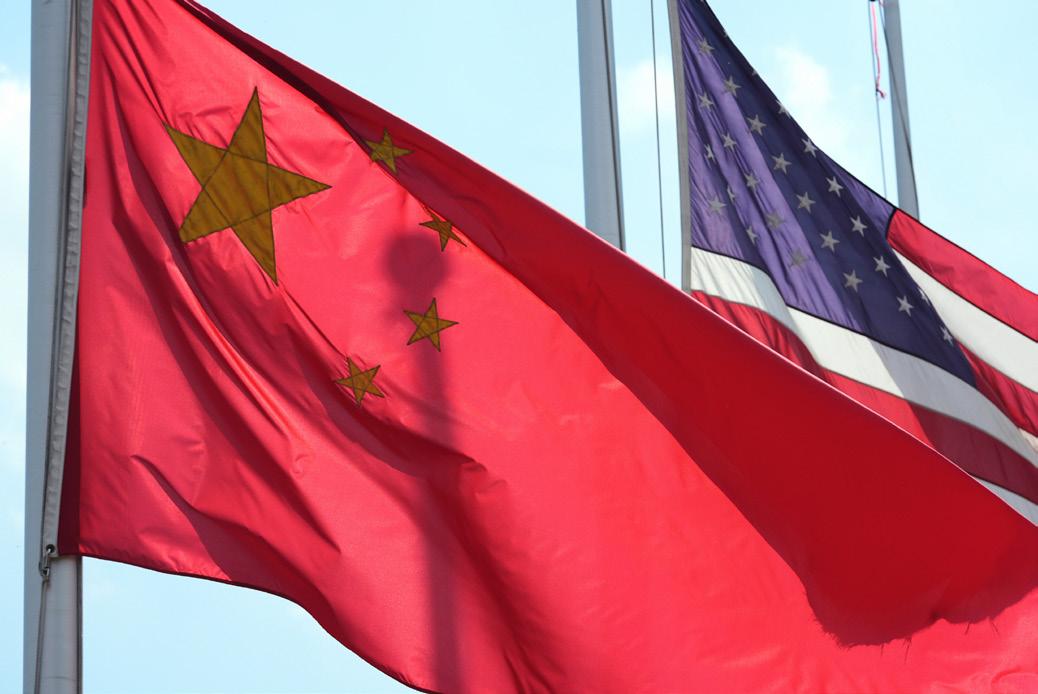
China wields critical minerals like a weapon, but sometimes weapons backfire.
BARRY FITZGERALD
Banning and imposing tighter controls on critical minerals supply has become a key weapon for China in its escalating trade war with the US.
The bans and controls are a direct attack on the soft underbelly of the US economy – its reliance on China for minerals critical to its defence and high-technology industries.
President Trump has called on war-footing powers to accelerate building a non-Chinese critical minerals supply chain, but it will take years, if not decades, to find and build new mines and processing capabilities.
Enter Australia, itself on the receiving end of tariff attention from President Trump. China’s broad sweep of bans and controls has fired
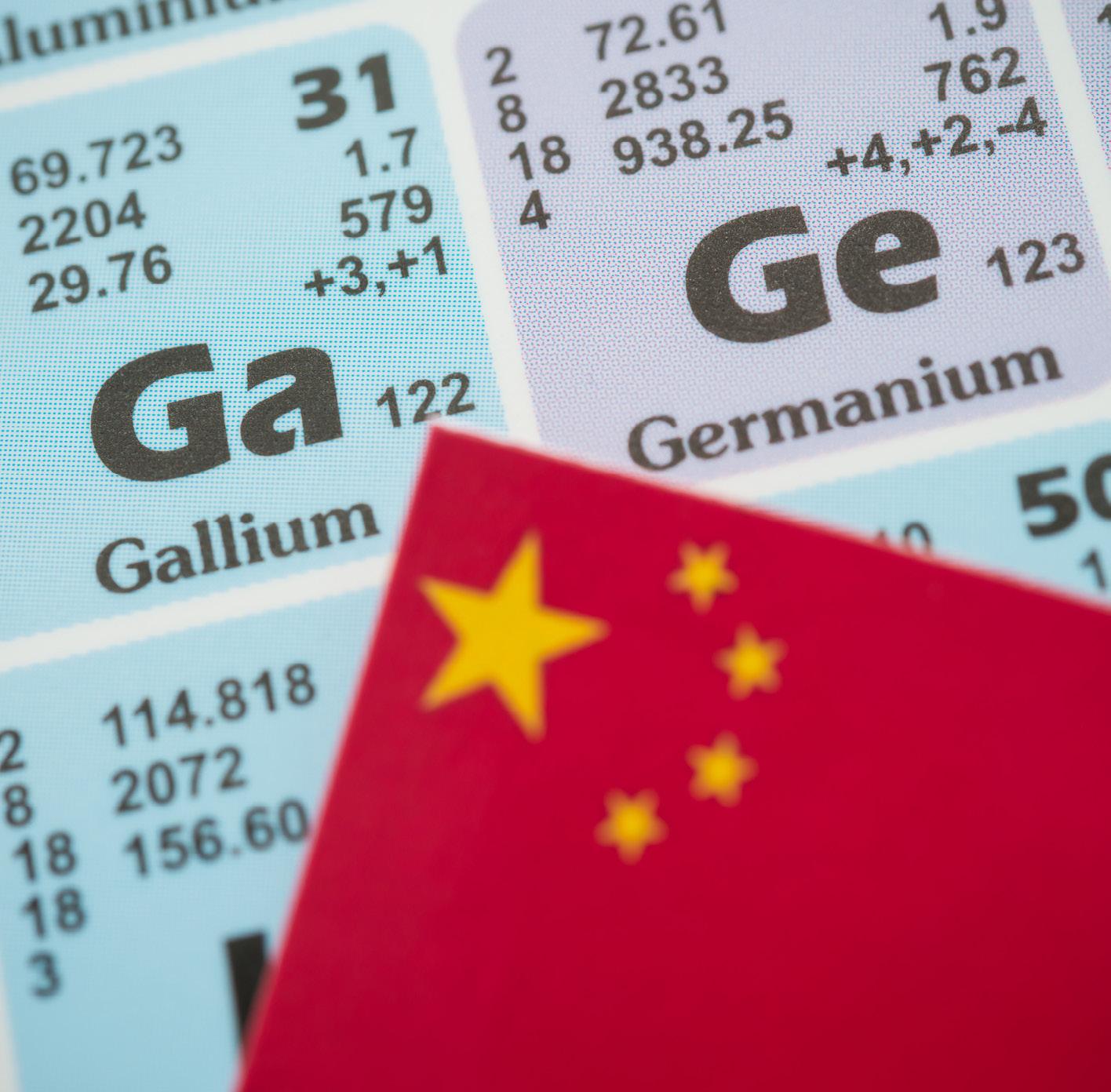
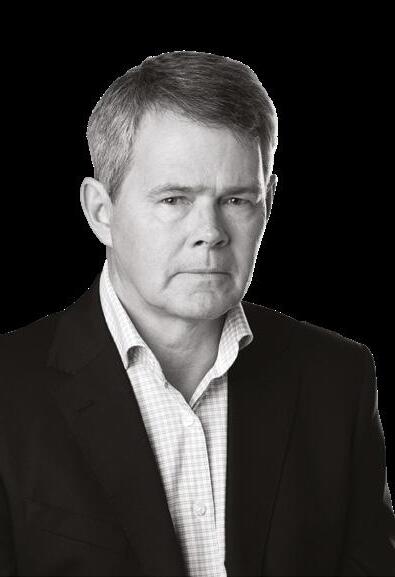
up investors in ASX companies with a critical minerals focus.
It is a welcome tailwind for critical minerals companies, which to a degree has separated them from the rest of a market dealing with the growth/recession fears the trade war has ushered in.
While bulk commodities like iron ore and coal and base metals led by copper have been under price pressure, prices for critical minerals have been buoyant to positively booming in some cases.
It might be called the unseen boom because, unlike base and precious metals, critical minerals are not traded on terminal markets like the London Metals Exchange.
But as opaque as demand/pricing for critical minerals can be, it is clear there are already some big winners from China’s increasingly
heavy hand in controlling the flow of critical minerals to the West.
While China is out to punish the US for its tariff wall, it is running the risk of a supply response in the Western world in the long run. Again, it is why investor interest in the sector on the ASX has stepped up.
All up, there are now a dozen or so critical minerals subject to bans and/or export controls imposed by Beijing.
Starting in December, when president Biden was tightening the screws on China’s semiconductor industry, bans on exports to the US of antimony, gallium and germanium were imposed.
The antimony ban has triggered a boomlet in the New England region of NSW, where a bunch of juniors are racing to develop new mines at
historical operations to capitalise on the five-fold increase in prices to record levels of ~US$60,000/t.
In addition, a number of junior explorers have swung their focus to gallium and germanium with the support of new equity funding.
Rare earth prices have yet to take off in response to a more recent move by Beijing to impose export controls on seven rare earths elements, skewed as they were to heavy rare earths used in high performance permanent magnets.
But as the 31% share price gain for rare earths market leader Lynas (ASX:LYC) since the start of the year demonstrates, investors are awake to the impact that the geopolitical turmoil triggered by Donald Trump’s arrival at the White House will have on the sector as the push for nonChinese supplies gathers pace.
This investment may be getting a little spicy.
JOSH CHIAT
Critical metals don’t come much more critical than this one, with a supply landscape painted on shaky ground and a demand profile expected to explode. And no, it isn’t lithium, graphite, rare earths or copper.
The metal in question is humble tin ‒ the glue that holds the electronics market together.
The reason? It’s known as the spice metal, because it’s in virtually everything – more than 50% of primary mined tin is used to solder electrical components and circuit boards.
That base has accelerated since the 1990s, when scientists invented lead-free solders composed almost entirely of tin.
On top of that, the ‘spice element’ is in alloys used in traditional and EV automobiles, lead-acid batteries, copper alloys, tinplate, PVC stabilisers and recently as an anode material in sodium-ion batteries, helping the cheaper alternative to lithium-ion batteries compete on performance.
But events this year have shown how fragile the supply chain is for the widely-known but little understood tin market.
Tin prices surged to unforeseen levels of close to US$50,000/t in 2022, and then hit their highest levels in close to three years in early April.


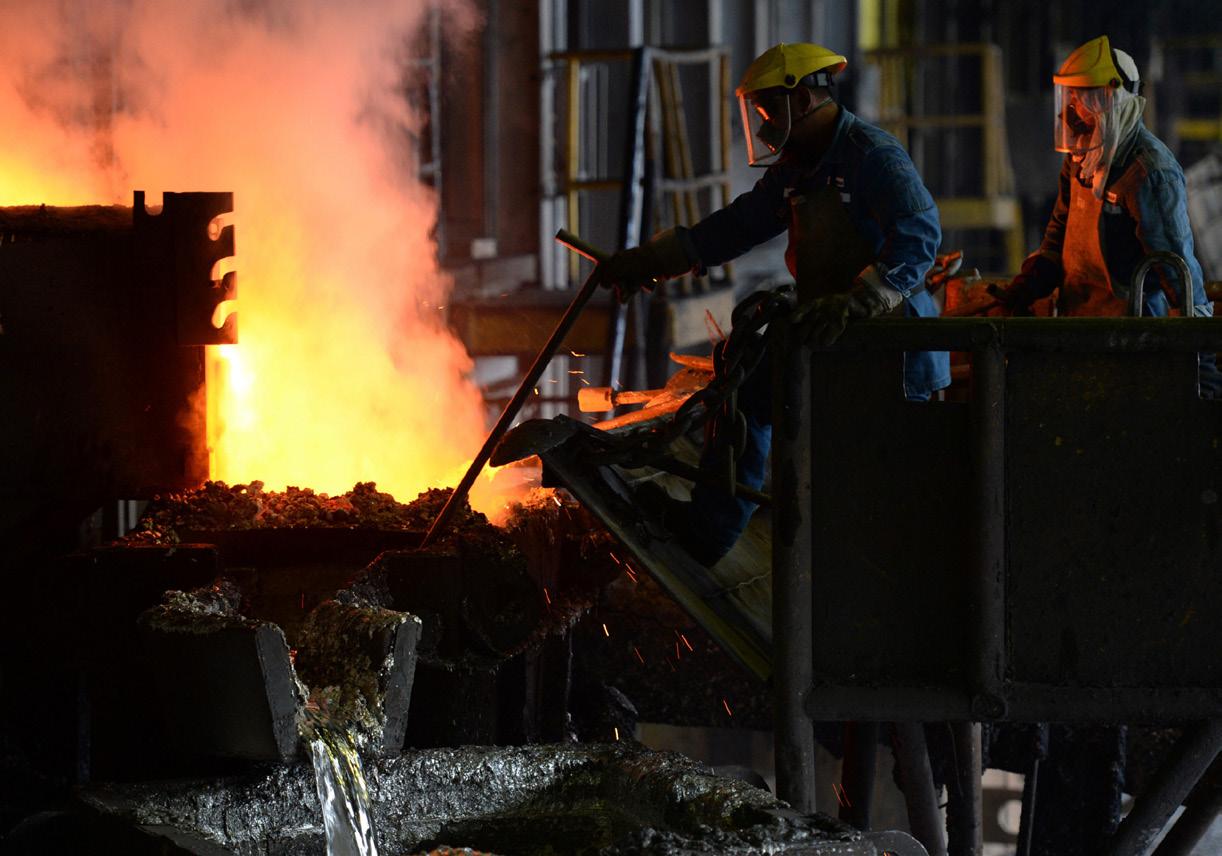
The catalyst was the incursion of the Rwandan backed M23 rebel group in the Kivu region in the east of the Democratic Republic of the Congo, resulting in the temporary pause of the Bisie mine, operated by London-listed Alphamin.
This high-grade orebody is responsible for close to 5% of global tin concentrate supplies.
Three month LME prices peaked at US$38,175/t before the withdrawal of the rebels saw Alphamin resume operations, though at US$32,150/t prices remain ~10% higherthan they were at the end of 2024.
The Alphamin situation has highlighted the fraught nature of tin supply, much of which is concentrated in geopolitically complex areas like Myanmar and DRC, or Indonesia, where alluvial mines are sensitive to environmental crackdowns.
Demand is expected to keep rising. By 2030 a 360,000tpa market is expected to grow to 500,000t. By 2040 it could hit 800,000t, according to Sucor Sekuritas analyst Jeremy Hartanto.
Deficits, meanwhile, have averaged 2.5% over the past decade,
Global refined tin supply fell 2.7% in 2024 to 371,200t, reflecting supply disruptions.
Secondary supply rose 6.8% to a record high after growing 2.9% in 2023.
The tin market fell into a 2200t deficit in 2024. A small surplus was projected this year before the temporary Bisie shutdown.
Source: International Tin Association
showing production has not increased in line with prices.
“You could double the price of tin and I’d argue you won’t get much change in 2-3 years, it’s going to take a lot longer to bring on tin supply and that’s key to the thematic from our perspective,” Nero Resource Fund portfolio manager Rusty Delroy, who is bullish on tin, told Stockhead earlier this year.
Everything you need to know about the market at the centre of US-China tensions.
KRISTIE BATTEN
While rare earths prices have been depressed for several years, heightening geopolitical risks could shake up the global market.
Rare earth elements are a group of 17 elements on the periodic table that are related but each have their own unique chemical and physical properties.
The word “rare” is a bit of a misnomer – many of the REEs are not rare but are not usually found in large commercial quantities.
REEs comprise the lanthanides, as well as scandium and yttrium.
Niobium, a light grey critical mineral that can be difficult to distinguish from tantalum, is not a REE but is often found alongside REEs in carbonatite intrusionhosted deposits.
The REEs are split into three groups, light, medium and heavy, depending on their atomic weight. Both REEs and niobium are on all published critical minerals lists.
According to the US Geological Survey, total global mine production of REEs in 2024 was 390,000 tonnes, with China accounting for 270,000t of production.
At just 83,000t of production, the niobium market is even smaller,

with a single mine in Brazil, CBMM’s Araxá, accounting for 75,000t of output last year.
China dominates the processing of REEs, accounting for more than 90% of the market.
The tiny size of the market has so far deterred the major miners from getting involved, though mining billionaire Gina Rinehart has snapped up stakes in multiple REE miners and developers, including the main two Western producers, Lynas Rare Earths (ASX:LYC) and MP Materials (NYSE:MP).
There is a wide range of uses for REEs with demand set to continue increasing.
Unlike other critical minerals, REEs are not used in lithium-ion batteries but still have a role to play as demand for electric vehicles increases.
Light REEs neodymium and praseodymium are used in permanent magnets, which go into the motors of EVs and wind turbines, as well as some defence applications.
A 3 megawatt wind turbine is estimated to contain up to 2t of REEs.
REEs are critically important to the defence sector, with permanent magnets used in F-35 fighter jets and unmanned aerial vehicles, while
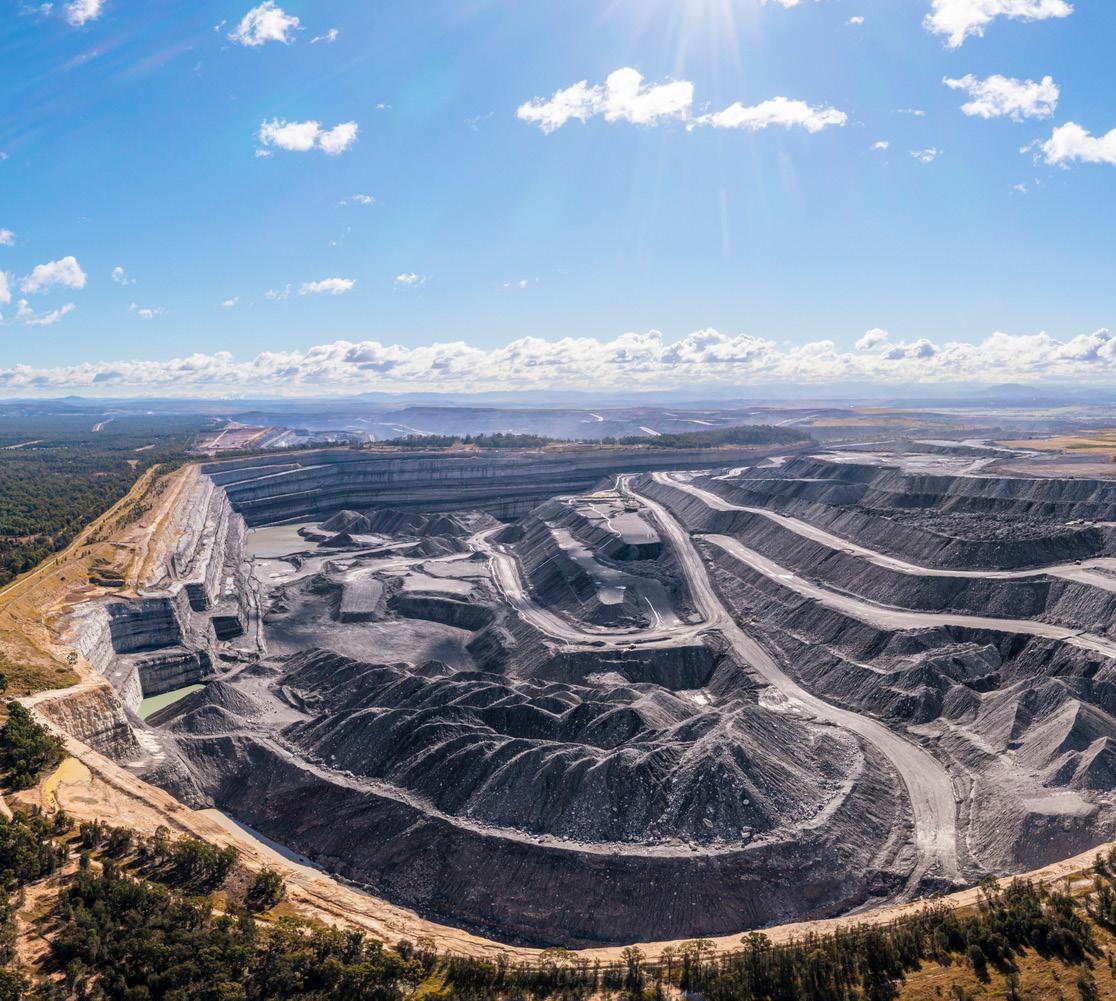
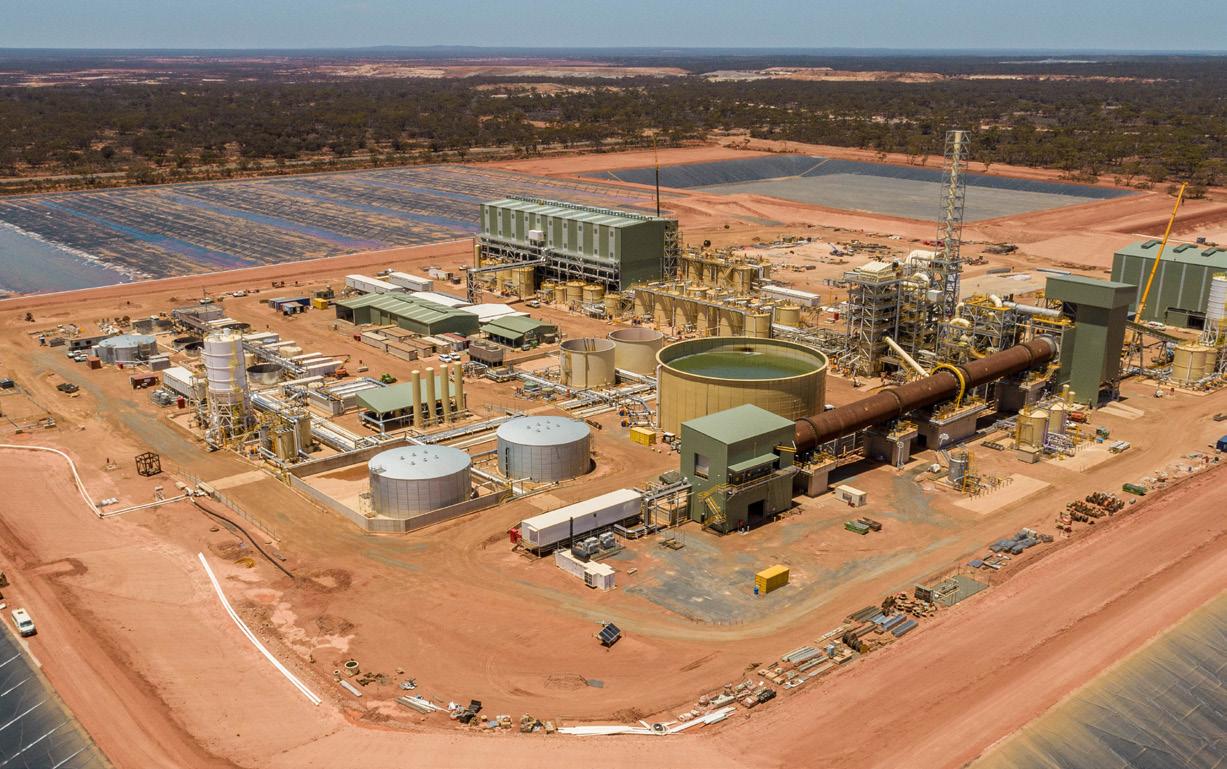
lanthanum is used in night vision goggles and terbium is used in naval sonar systems.
REEs are also found in everyday electronics including smartphones, computers, LED lights, televisions, computers and cameras.
For example, the touchscreen of an Apple iPhone and its ability to vibrate would not be possible without REEs.
They also have widespread use in the medical, nuclear and oil sectors, as well as in the production of lasers, glass, ceramics, semi-conductors and fibre optic amplifiers.
Meanwhile, niobium is used in steel and superalloys. Adding ferroniobium to steel increases its strength and efficiency.
“Trump
signed an executive order to boost domestic minerals production, noting that 70% of US imports of REEs come from China.”
A smaller, but growing part of the demand outlook, niobium oxide is used in the production of superconductive magnets and capacitors, MRI equipment, optical lenses and high-temperature alloys used in aerospace and defence applications.
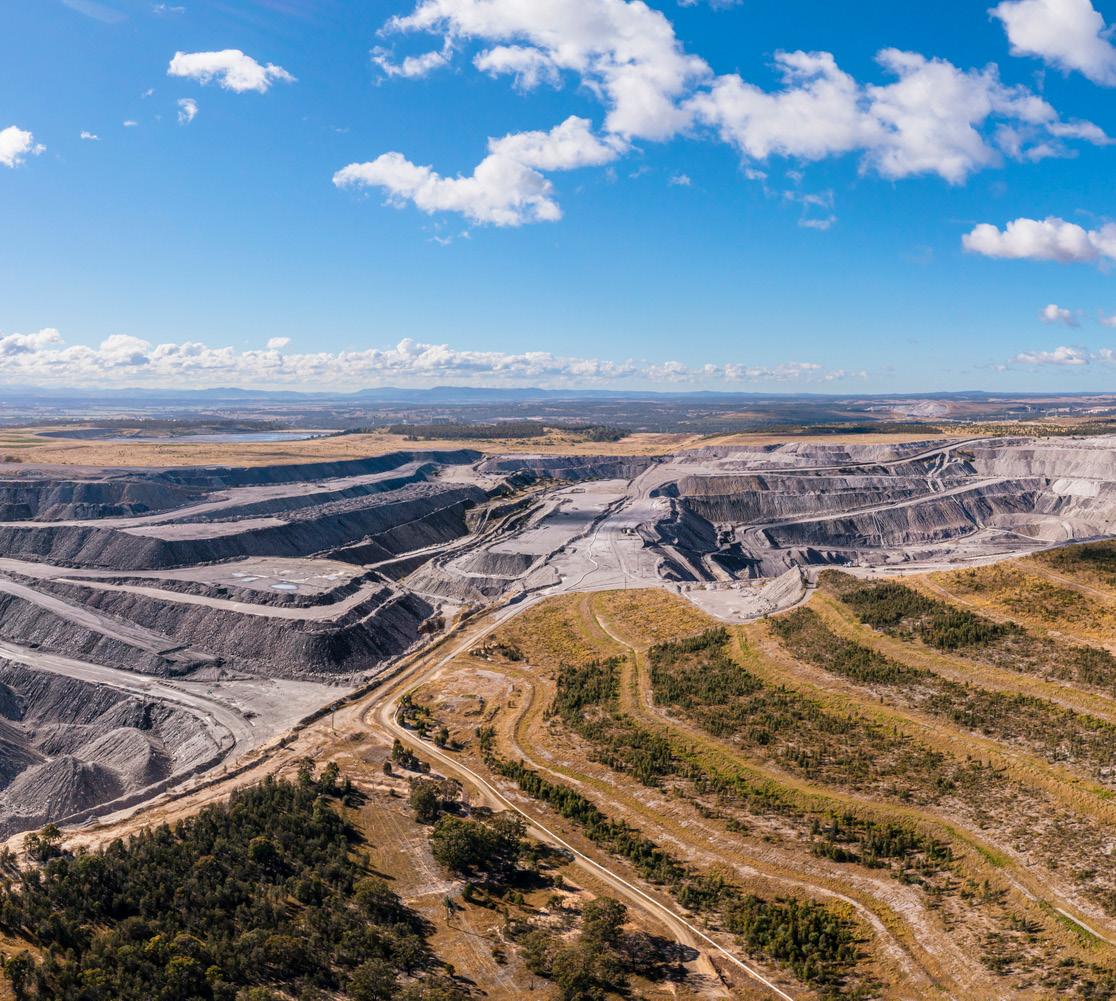
Geopolitical rumblings
REEs have made global mainstream headlines this year, solely due to one man: US President Donald Trump.
Almost immediately at the start of his second term, Trump signed an executive order to boost domestic minerals production, noting that 70% of US imports of REEs come from China.
The executive order pledged to make the US “the leading producer and processor of non-fuel minerals, including rare earth minerals”.
At the same time, Trump expressed interest in the US
acquiring Greenland, citing both its strategic location and endowment of REEs.
REEs also almost played an unexpected role in a mooted ceasefire in the Ukraine-Russia conflict.
Ukraine President Volodymyr Zelenskyy visited The White House in late February, where a deal on REEs was expected to be signed, but instead, the televised meeting made global headlines after Trump and US Vice President JD Vance clashed with Zelenskyy.
Despite the public bust-up,
Zelenskyy was quoted as saying in the days following that Ukraine was ready to sign a minerals deal with the US.
The US reportedly submitted a proposal to Ukraine in March.
Tariff turmoil
China has enforced quotas since 2006 to manage the supply of REEs. It also banned the export of technology to extract and separate REEs and in December 2023, imposed a further ban of the export of technology to make REE magnets.
On April 2, Trump announced tariffs on almost all imports to the US, with China the worst hit at 54%.
China retaliated and the US lifted its reciprocal tariffs on China to 125%, bringing the total tariff rate to 145%, prompting China to increase its tariffs on US goods from 84% to 125%.
China’s Ministry of Commerce also announced the introduction of export controls on certain medium and heavy REEs, which Canaccord Genuity head of research Reg Spencer said could be seen as a retaliation to the trade war.
The controls apply to samarium metal and products, gadolinium, terbium and dysprosium products, including neodymium magnets which contain terbium, dysprosium, lutetium, scandium and yttrium.
“The potential ‘weaponisation’ of China’s control of the REE market has always sat in the background,
but this is likely to be considered a retaliatory move to US tariffs,” Spencer said.
“This announcement also comes at a time when the supply of feedstocks from Myanmar (key source of heavy REEs) is reportedly uncertain given the ongoing conflict between the ruling junta and Kachin rebels.”
Canaccord believes the restrictions on samarium and dysprosium/ terbium, both used in permanent magnets, will have the largest impact.
“We note that the US has only a very small manufacturing base for REE magnets (export controls more likely to hit Japanese magnet makers), and Europe is a much larger export market for Chinese magnets,” Spencer said.
“That said, we think these export controls are likely to be disruptive to global REE supply chains.
“It may be difficult to gauge the impact on REE pricing given the rest of the world’s reliance on China pricing indices (i.e., Asia Metals index), noting also that any curtailments on exports could lead to imbalances in the Chinese domestic market (circa 90% REE oxide production/RE permanent magnet capacity).”
Despite extreme market volatility, Australia’s only producer Lynas and other REE developers have seen positive share price movements in April.

The world is hungry for the metals of the future, and the only way to meet that need is through new discovery and production. Meet the companies striving to be part of a new metal era.
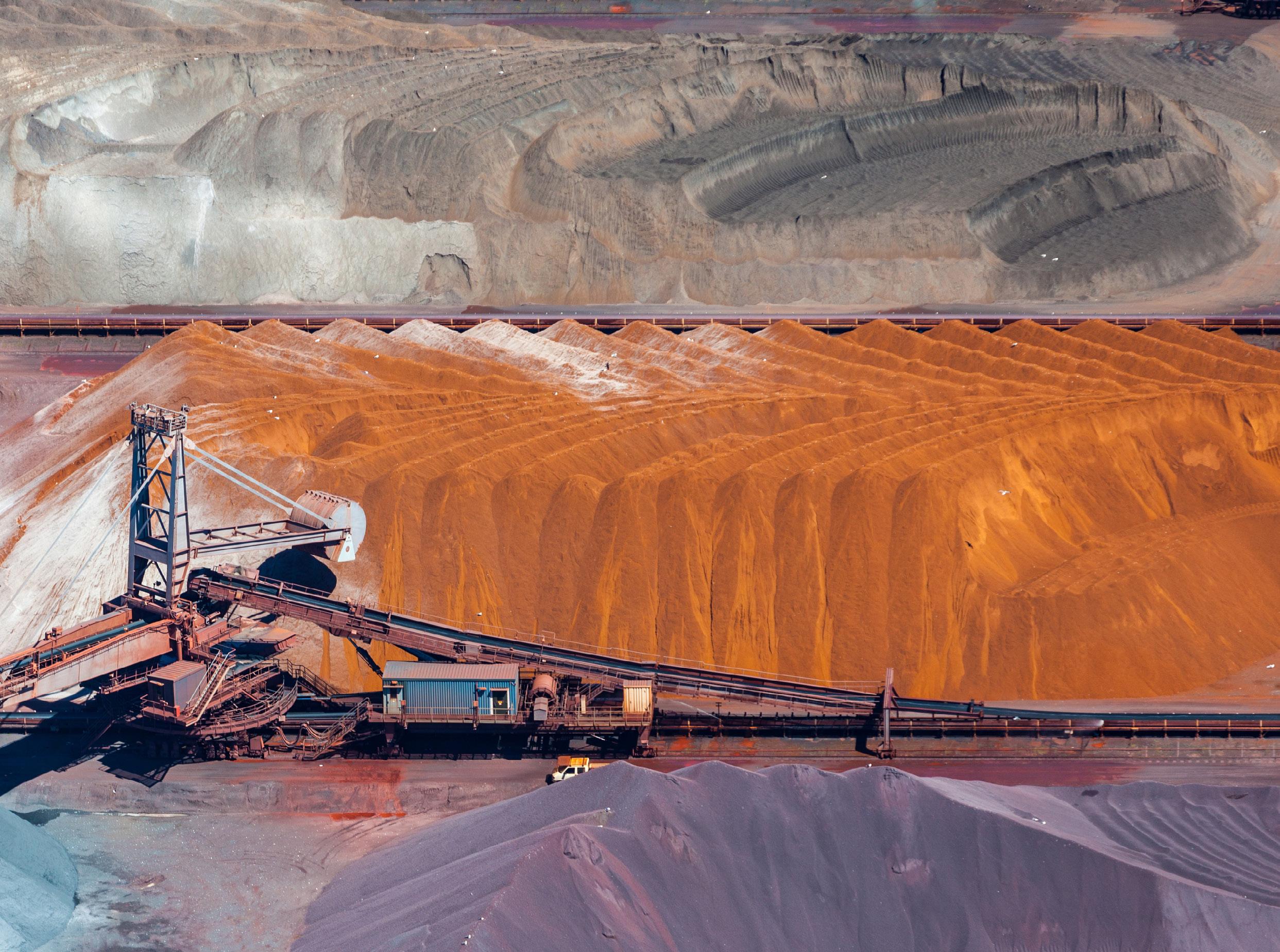
Battery Age Minerals (BM8)
Kingsland Minerals (KNG)
Krakatoa Resources (KTA)
Larvotto Resources (LRV)
Petratherm (PTR)
RareX (REE)
Resolution Minerals (RML)
St George Mining (SGQ)
Terrain Minerals (TMX)
Trigg Minerals (TMG)
Western Yilgarn (WYX)
◾ Company Name: Battery Age Minerals
◾ Company ASX code: BM8
◾ Key Areas: Germanium, Gold, Silver
◾ Key Personnel: Nigel Broomham, Chief Executive Officer | Dr David Pevcic, Chairman
◾ Locations: Southern Austria, Europe and Argentina, South America
◾ Market Cap as of 28/04/2025: $7.14M
◾ 52 Week share price range: $0.046 - $0.190
◾ Website: batteryage.au
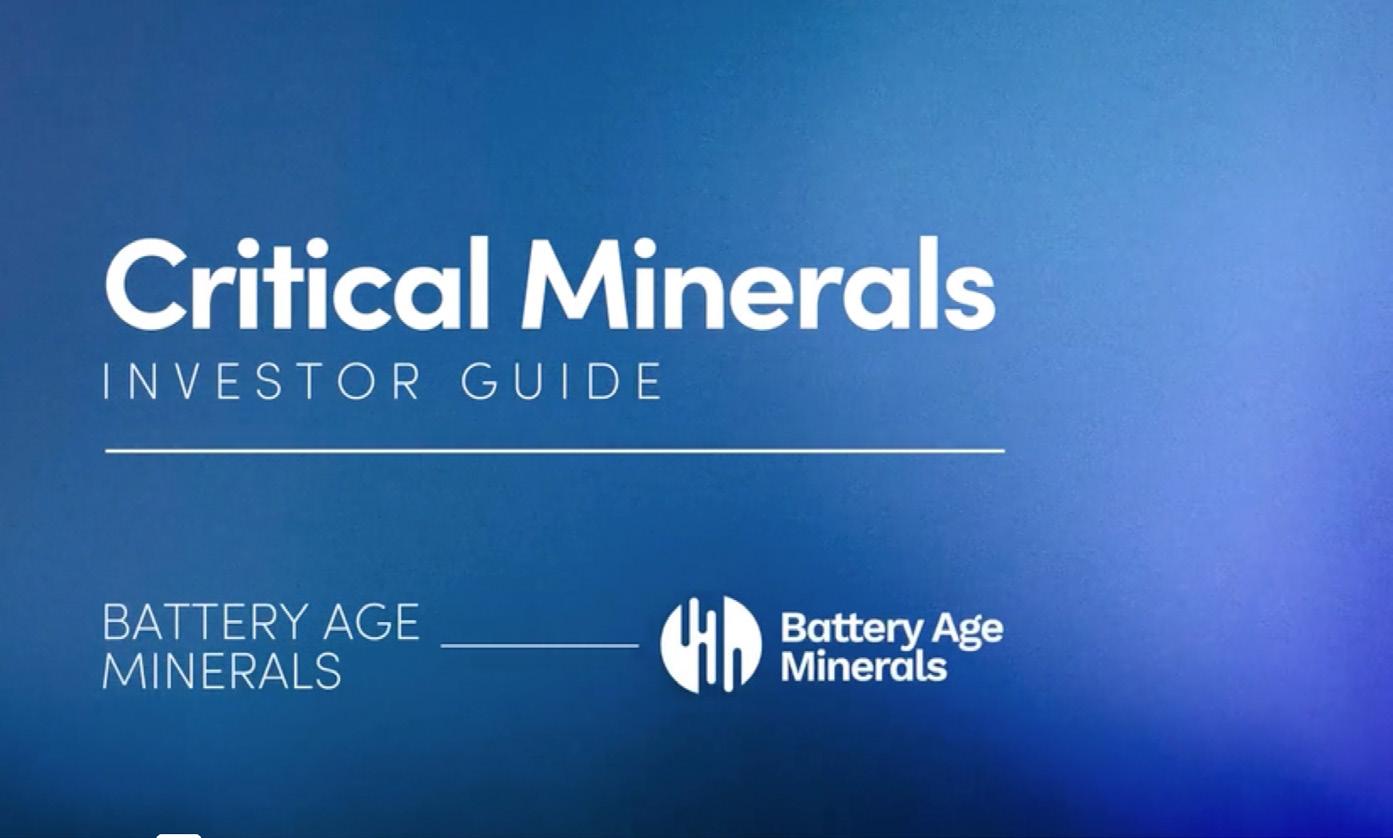
$10 million market capitalisation. It nevertheless has other irons in the fire.

Battery Age Minerals (ASX:BM8) has set out to re-establish the historic Bleiberg germanium project in Austria as one of the world’s biggest producers of the critical mineral.
Its progress is being closely watched in Europe as a potential non-Chinese supply source of germanium which has critical end uses in AI chips, semiconductors and defence optical equipment.
Concerns about supplies have escalated following the introduction of export controls by Beijing on germanium and other critical metals in its tit-for-tat trade war with the US.
Bleiberg ranked as the world’s sixth largest germanium supplier before closure and returning it to production with zinc and lead part of the equation would be a big prize for Battery Age given the company’s modest sub-
Since listing on the ASX in early 2023 as a lithium explorer, the company has added Bleiberg to the portfolio, and more recently, the high-grade El Aguilla goldsilver project in Argentina.
The project in Argentina is viewed as a de-risking/enabling exercise for the germanium and lithium critical mineral projects, and as a value creator in its own right given its exploration upside.
Battery Age chief executive Nigel Broomham said the company’s germanium/zinc/lead and lithium projects “position us right in the intersection of the energy transition and artificial intelligence mega-trends.
“We think that coupling the Argentina gold-silver project to our future facing metals exposure will better position us to capitalise on these trends in 2025.”
Battery Age has notched up impressive exploration results at its initial focus on listing – the Falcon Lake lithium project in Ontario.
“We have had some cracking results out of our Falcon Lake project over the last couple of years but we understand that the market sentiment on lithium is where it is,” Broomham said.
“In the meantime we are rapidly moving forward with our Austrian germanium project and the gold/silver asset in Argentina.”
Bleiberg’s long production history came to an end in 1993-94 due to weak metal prices at the time and a political retreat from state-owned mining operations.
Broomham said Battery Age has the “best exposure to the strategic mineral of germanium globally.
“We certainly have the largest package of prospective tenure, that’s for sure.”
A maiden drilling program at the project is planned to start mid-year. Prospecting to quantify mineralised material left behind by the historical operations will also be undertaken as a precursor to a possible early start-up project.


NIGEL BROOMHAM CHIEF EXECUTIVE OFFICER
Scan here for the company website
◾ Company Name: Kingsland Minerals
◾ Company ASX code: KNG
◾ Key Areas: Graphite
◾ Key Personnel: Richard Maddocks, Managing Director | Bruno Seneque, Director & Company Secretary | Nick Revell, Director
◾ Locations: Pine Creek Region, Northern Territory
◾ Market Cap as of 28/04/2025: $7.61M
◾ 52 Week share price range: $0.097 - $0.260
◾ Website: kingslandminerals.com.au

Kingsland Minerals’ (ASX:KNG) worldscale Leliyn graphite discovery in the Northern Territory has been swept up in the new energy revolution.
Under a strategic deal with renewable energy specialist Quinbrook Infrastructure Partners, Leliyn is a potential graphite concentrate supplier to a planned downstream processing plant in Darwin.
The proposed offtake with Kingsland is part of broader plans by Quinbrook for involvement in a NT solar farm to supply the domestic market, Singapore and Indonesia via an intercontinental power cable – the SunCable proposal of Mike Cannon-Brookes’ Grok Ventures.
Quinbrook cemented its relationship with Kingsland by taking a 15.3% placement in the company.
It is rare for a company with a mineral
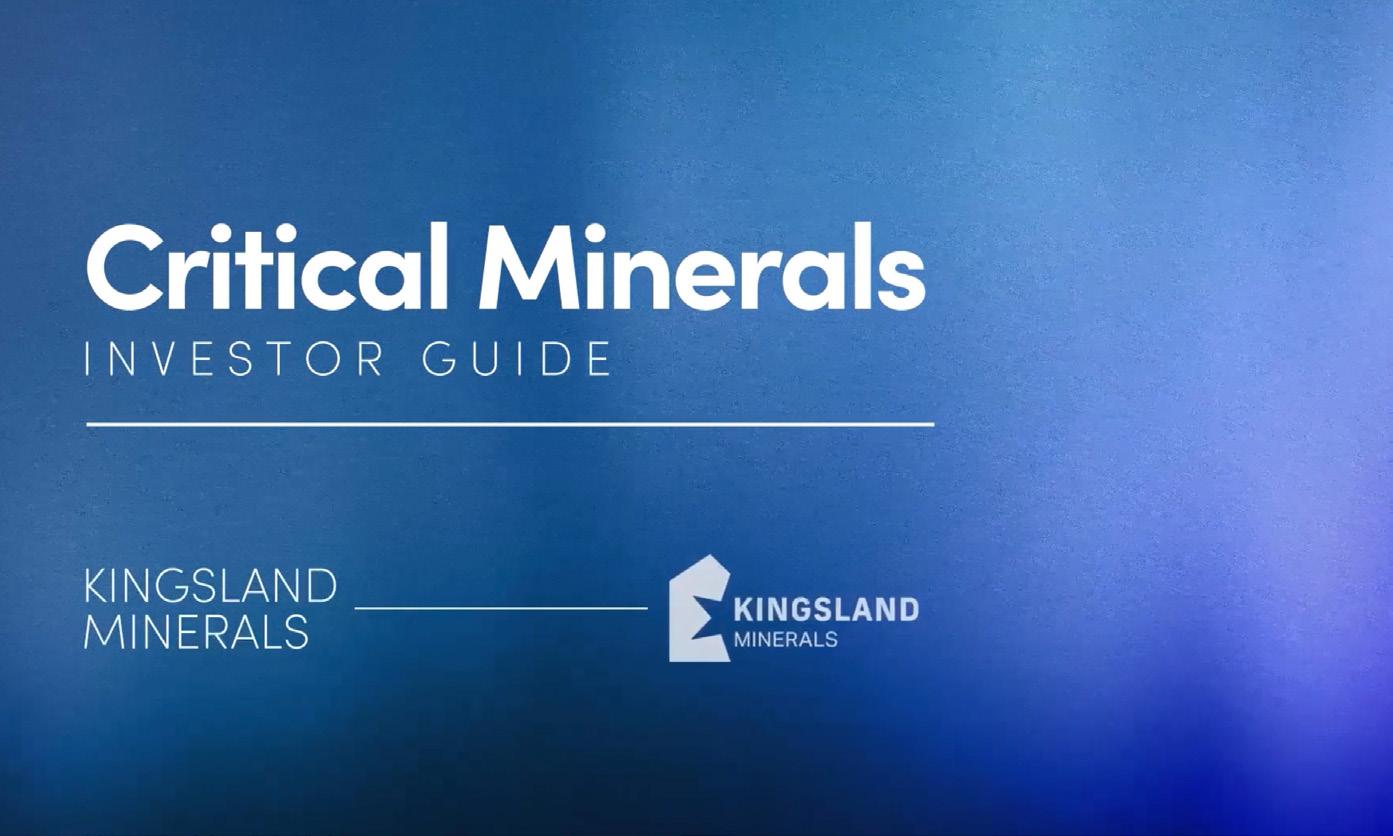
discovery to have a proposed end-user knocking on the door offering an offtake arrangement and equity, highlighting Kingsland’s effective transition from explorer to developer of the critical mineral.
Kingsland is now confirming the potential for Leliyn – a two hour drive from Darwin - to become a low-cost producer of scale at a time when the western world is intent on reducing China’s dominance of batteries for electric vehicles and renewable energy storage.
Graphite is the biggest input by weight in an EV battery (28%). In comparison, lithium accounts for 3%. Still, graphite prices are under pressure because of oversupply from China.
Ongoing demand growth (a doubling by 2030 is forecast) and supply constraints indicate the pressure on prices will ease in the near future.
The inferred resource at Leliyn is estimated at 180.2.6Mt grading 7.2% total graphitic carbon for 13Mt of contained graphite. There is also a compliant exploration target for up to a further 1.1 billion tonnes grading 7-8%.
A maiden higher confidence indicated resource comprises 12.3Mt at 7.9% TGC for 1Mt of graphite which means the company can progress to a scoping study for development.
“We’ve also done initial metallurgical testwork confirming we can get a 94% flake concentrate grade,” managing
director Richard Maddocks said. “If we prove we can make spherical graphite out of that, we think we will have a project.”
To that end, Kingsland has sent a bulk concentrate sample to Germany with final results expected in three or four months. The testwork is aimed at confirming that purified spherical graphite can be produced from Leliyn concentrates.
Maddocks said that Leliyn was blessed with good logistics for its development compared with its mainly African competitor projects.
“We’re close to Darwin port as well as nearby power, rail and sealed highways,” he said.
“And now we have a development partner in Quinbrook.”

MANAGING DIRECTOR

Scan here for the company website. The JORC Competent Person statement is on page 20
◾ Company Name: Krakatoa Resources
◾ Company ASX code: KTA
◾ Key Areas: Antimony, Gold, Niobium, Rare Earths
◾ Key Personnel: Colin Locke, Executive Chairman | Mark Major, Chief Executive Officer
◾ Locations: Georgia, Eastern Europe and Mid West, Western Australia
◾ Market Cap as of 28/04/2025: $6.20M
◾ 52 Week share price range: $0.008 - $0.022
◾ Website: ktaresources.com

Krakatoa Resources (ASX:KTA) has secured a foothold on one of the world’s biggest known deposits of the booming critical mineral antimony in Eastern Europe.
The historical Zopkhito exploration project in Georgia also comes with highgrade gold, giving Krakatoa exposure to two metals trading at or near record levels.
In addition to Zopkhito, the company has niobium and rare earths exploration exposure in Western Australia.
Soviet-era exploration at Zopkhito in the Racha region of north-western Georgia forms the basis of a foreign resource estimate of 225Kt for 26,000t of high-grade antimony at 11.6% and 815,119 oz of gold at 3.7g/t.
Krakatoa executive chairman Colin Locke said Zopkhito, where exploration dates back to 1929, was rated by third parties as the sixth biggest antimony
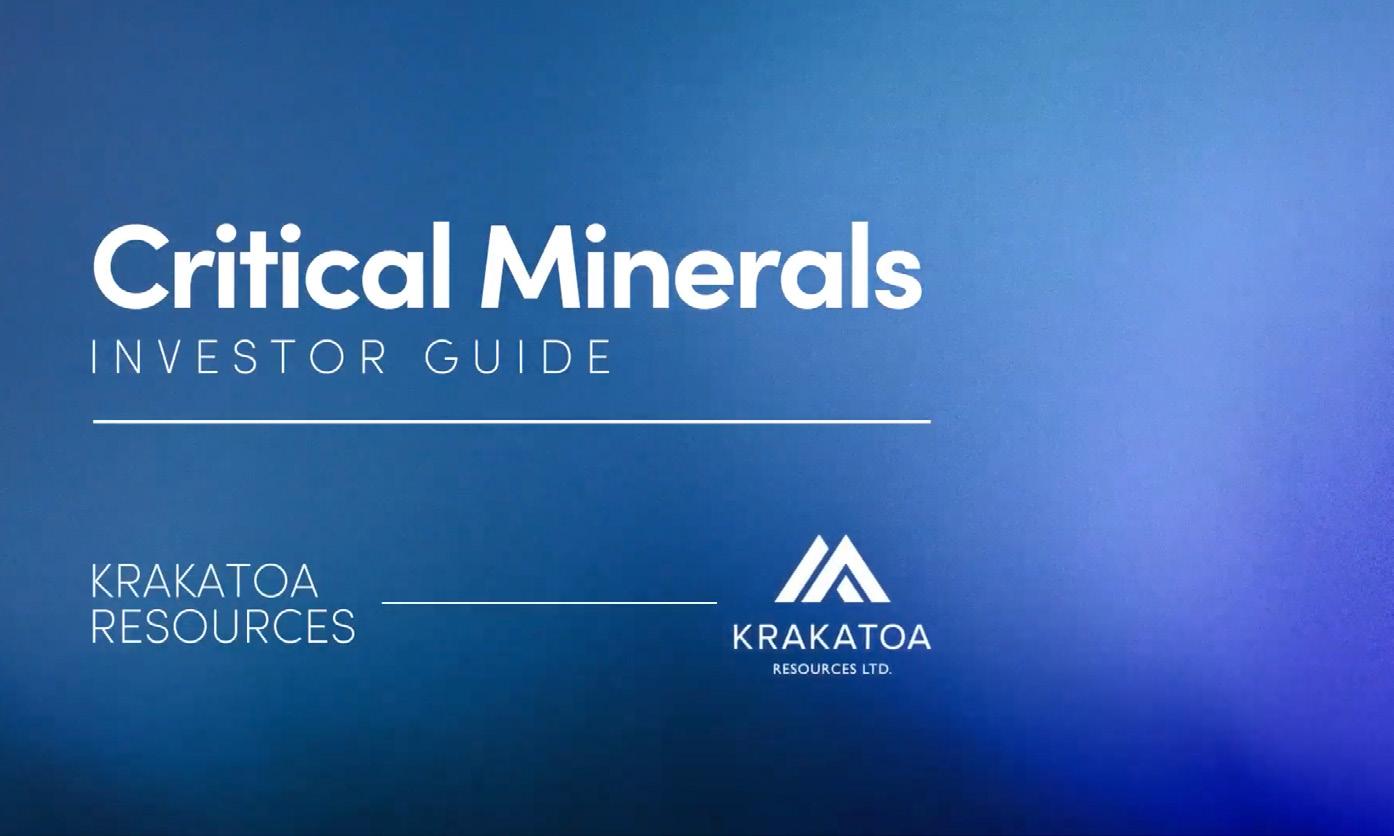
deposit in the world. “It is globally significant,” he said.
Antimony appears on critical mining lists because of its wide-ranging industry and military applications, with supplies tightly controlled by dominant producer China.
Prices have climbed from US$15,000/t in 2024 to more than US$59,000/t, with escalating geopolitical tensions driving the increase. China added fuel to the fire in December last year when it banned exports to the US.
Krakatoa has an initial 12-month option to acquire 80% of Zopkhito, with the option capable of being extended for a further 12 months. The option can be exercised at any time for US$7 million, of which 50% can be paid to the local partner in shares.
Locke said Krakatoa was now setting out on its maiden exploration program at Zopkhito which would include mapping, geochemical sampling, additional geophysical surveys and diamond hole drilling.
He said the overall focus was to establish and increase a JORCcompliant mineral resource estimate.
Krakatoa starts out with a big database from the Soviet era exploration work and more recent exploration at Zopkhito. The project has 27km of mapped and sampled historical exploration adits (tunnels), and 15,000
geochemical samples.
“If we had to start this project over from scratch we would have to spend at least $20 million on it and that doesn’t include cost of discovery,” Locke said. He said that as only 16 of the known 60-plus high-grade mineralised veins at the project had been assessed previously, Zopkhito’s exploration upside was substantial.
Back in WA, the company is also working up a drilling program at its Mt Clere project, 200km northwest of Meekatharra, where two large targets at the Stone Tank prospect will be tested for niobium/rare earths.
The program has attracted a $220,000 grant from the WA Government under the State’s Exploration Incentive Scheme.
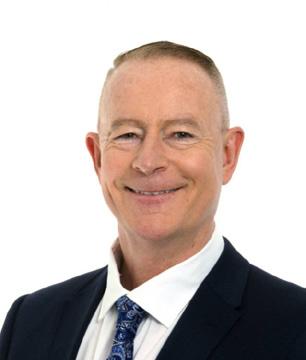

COLIN LOCKE EXECUTIVE CHAIRMAN
Scan here for the company website. The JORC Cautionary statement is on page 20
◾ Company Name: Larvotto Resources
◾ Company ASX code: LRV
◾ Key Areas: Antimony, Gold
◾ Key Personnel: Ron Heeks, Managing Director & Chief Executive Officer | Mark Tomlinson, Independent Non-Executive Chair
◾ Locations: North-East New South Wales
◾ Market Cap as of 28/04/2025: $357.76M
◾ 52 Week share price range: $0.067 - $1.070
◾ Website: larvottoresources.com
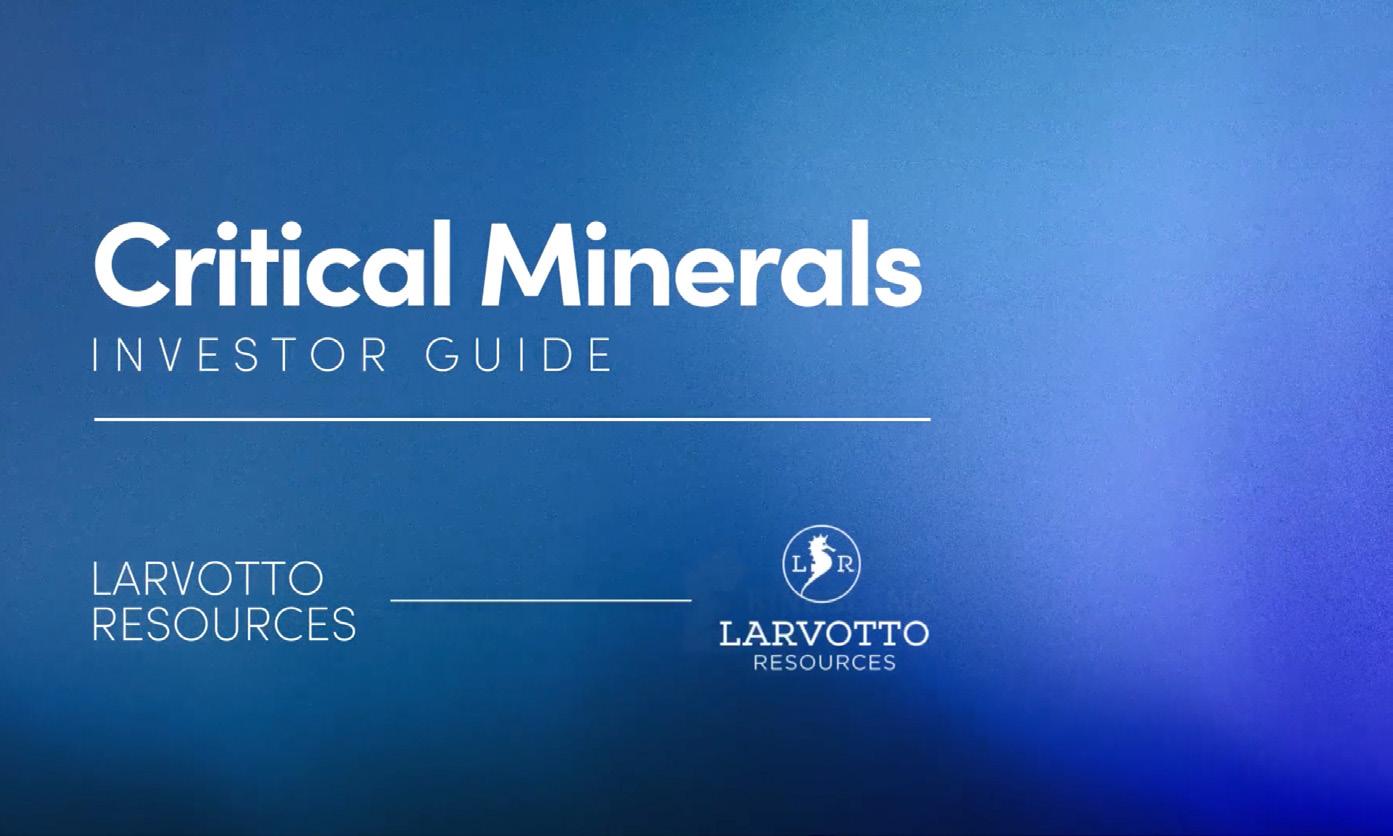

Larvotto (ASX:LRV) is out to return the Hillgrove antimony-gold project near Armidale in NSW’s New England region to production as fast as possible to capture the full benefit of record prices for the metals.
Managing director and mining industry veteran Ron Heeks said every effort was being made to be mining at the historical site, which has one of Australia’s largest antimony resources, around this time next year.
He said permitting was not expected to be an issue and was just a process because the project was operational in 2022 ahead of being placed on care and maintenance when the previous owner went into administration because of issues at its Queensland operations.
Larvotto acquired the Hillgrove project in December 2023 for the knockdown price of $8 million, which included $5M in government bonds – a big discount on the $200 million invested in the operation which came with a high-grade antimony and gold resource.
The acquisition was exquisitely timed. Antimony was US$9,000/t and gold a little more than US$2,000/ oz at the time of the December 2023 acquisition. The metals are now more than US$60,000t and $3,300/oz respectively.
The reasons for gold’s advance are well known but the market for specialty metal antimony is opaque. It is on government critical minerals lists because of its numerous applications and China’s control of the market.
It is well known for traditional uses in fire retardant and metal/ammunition hardening applications. But new growth areas in electronics, military systems and especially as an additive in glass for solar panels have squeezed supplies.
In addition, China announced export controls in August last year and banned exports to the US in December last year in its tit-for-tat trade war with the US which needs to replenish stocks rundown by wars in Ukraine and the Middle East.
Needless to say that with the help of the strong gold price, the project
economics of a planned restart of Hillgrove in 2026 have been transformed by the China-induced price surge for antimony.
A prefeasibility study in August 2024 for a project producing 41,100oz of gold and 5,400t of antimony arrived at a net present value post-tax of $157 million using US$2,000/oz gold and US$15,000/t antimony.
A soon to be released definitive study will use higher prices and is expected to confirm increases in key financial metrics for the project. Importantly, Hillgrove is one of the few global projects able to capitalise near-term on record metal prices and Larvotto expects it to produce circa 7% of the global antimony supply once in production.
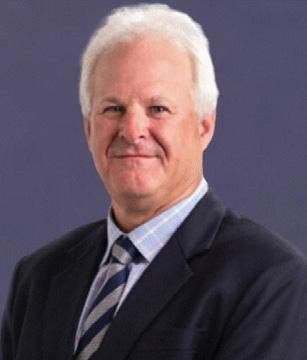
RON HEEKS MANAGING DIRECTOR & CHIEF EXECUTIVE OFFICER

Scan here for the company website
◾ Company Name: Petratherm
◾ Company ASX code: PTR
◾ Key Areas: Titanium, Mineral Sands
◾ Key Personnel: Peter Reid, Chief Executive Officer | Derek Carter, Non-Executive Chairman
◾ Locations: Gawler Craton, South Australia
◾ Market Cap as of 28/04/2025: $79.49M
◾ 52 Week share price range: $0.016 - $0.490
◾ Website: petratherm.com.au
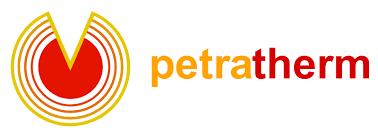
A titanium-rich heavy mineral sands discovery southwest of Coober Pedy in South Australia by Petratherm (ASX:PTR) has grabbed the attention of the market and global titanium minerals producers.
Since first news of the Muckanippie discovery in September 2024 Petratherm’s market capitalisation has increased tenfold.
Industry players looking for new supplies against a backdrop of tight supply conditions in the market for the critical mineral are likely to put the project on their watchlist as Petratherm seeks to confirm the world-class potential of the high-grade find.
Its location in the northern Gawler Craton is not as remote as it may seem as the discovery sits about 30km from the Adelaide-Darwin railway and not far
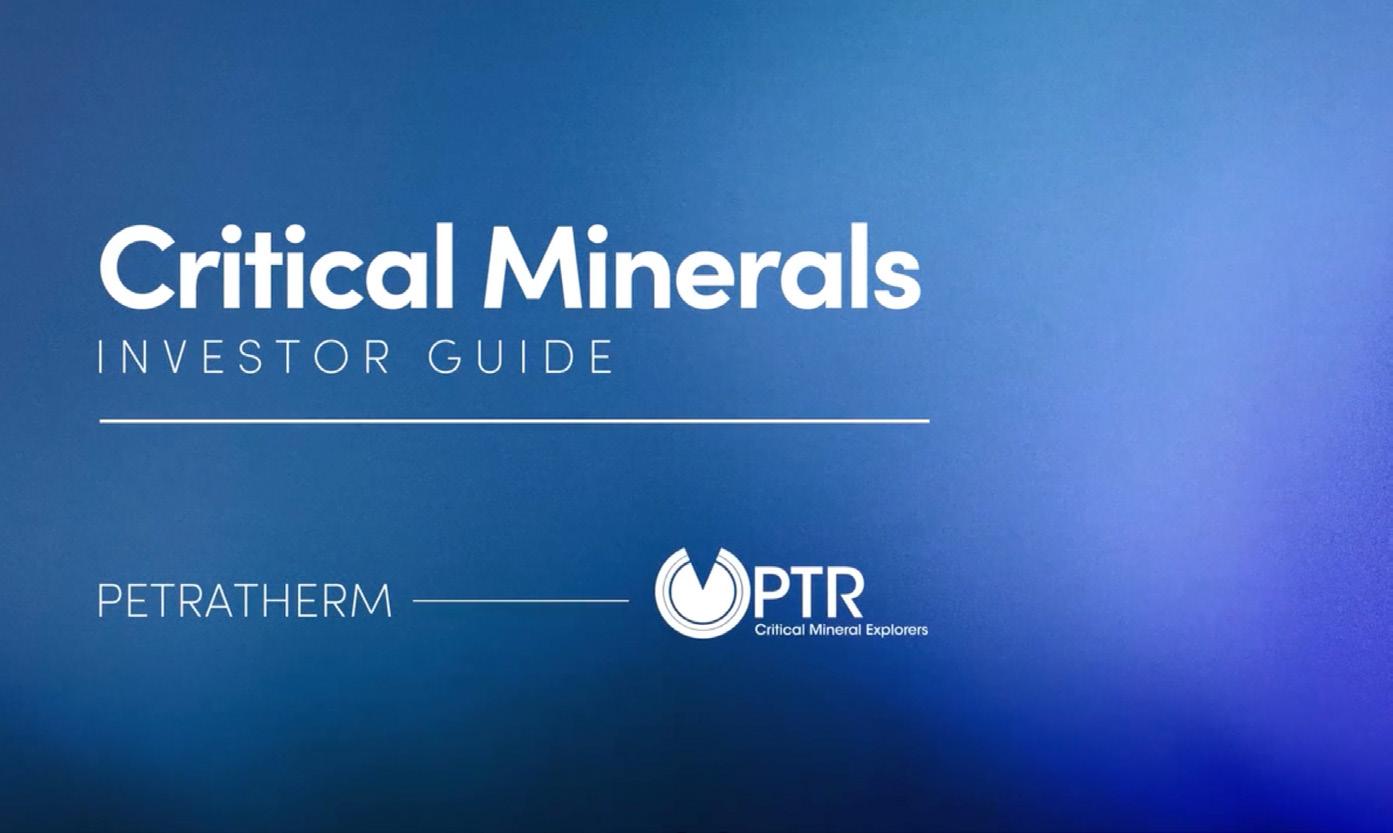
from a haulage road previously used for Challenger gold mine.
Petratherm has started second phase exploration drilling at the Rosewood discovery, part of the broader Muckanippie project area, designed to confirm extensions of heavy minerals to the north of known mineralisation.
Petratherm chief executive Peter Reid – a known “mine finder” in SA - said the size of Rosewood was not in question.
“We have already defined a 15km2 area which has economic concentrations and now we are drilling 1.5km further north. And we intend to keep drilling further north again in later rounds,” he said.
“There is the potential here that this is a world-class heavy mineral sands project, one that will stack up against anything internationally.
“And I guess what is really important is the grade so far – it is spectacular. A big chunk of it could easily be double the grade of many operating mines now. We think it could also be highly profitable.”
Reid said the current resource step-out program was likely to be followed by another one or two rounds of step-out exploration over the next 3-4 months.
“After the middle of the year we would be in a position where I think we could potentially go into a resource definition drilling phase and this is cheap exploration.”
“With a month’s drilling with a single
rig we could come up with a resource quickly in the second half of this year.”
The valuable heavy mineral content of the coarse-grained sands is primarily leucoxene and rutile product (highgrade titanium dioxide minerals).
Reid said it was often underappreciated that titanium was listed as a critical mineral by all of the major economies.
“A lot of people think of the critical minerals being the battery minerals of lithium and rare earths. But titanium is on all of the critical mineral lists because of its importance to national security,” he said.
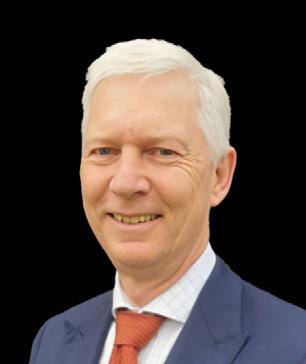
PETER REID CHIEF EXECUTIVE OFFICER

Scan here for the company website. The JORC Competent Person statement is on page 20
◾ Company Name: RareX
◾ Company ASX code: REE
◾ Key Areas: Gallium, Rare Earths, Scandium, Phosphate, Niobium
◾ Key Personnel: James Durrant, Managing Director & Chief Executive Officer |
Jeremy Robinson, Chairman
◾ Locations: Kimberley and Laverton, Western Australia and Kenya, East Africa
◾ Market Cap as of 28/04/2025: $24.82M
◾ 52 Week share price range: $0.007 - $0.046
◾ Website: rarex.com.au
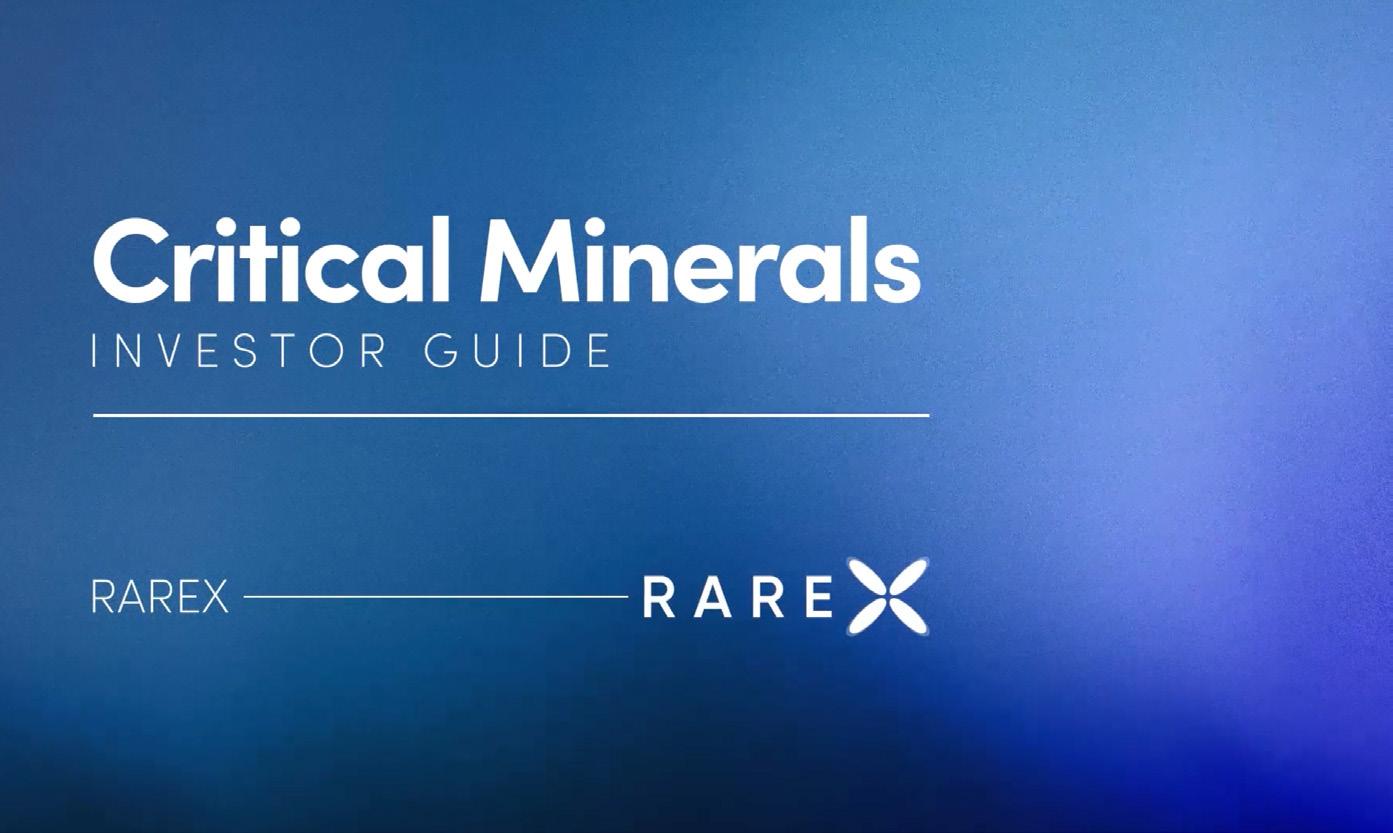
WA. The proposal also includes offtake arrangements to feed this facility.

RareX (ASX:REE) continues to grow its presence in the critical minerals theatre with the Cummins Range rare earths, gallium, scandium and phosphate project in WA’s Kimberley region at centre stage and a potential new project emerging – the Mrima Hill rare earth project in Kenya.
Mrima Hill is the focus of a RareX led consortium with $1.62bn producer Iluka Resources (ASX:ILU), which is applying for the project. It is among the world’s top five undeveloped rare earth deposits along with niobium, phosphate and manganese.
If successful the consortium aims to de-risk and develop the project utilising the expertise of RareX at Cummins Range and Iluka, which is developing the Eneabba rare earth refinery in
“Not only is it a good project by its grade but its location is fantastic and if you link that with Eneabba, a coastal facility on the Indian Ocean as well, directly across from Kenya, you start to see a very elegant technical solution –Iluka through the Eneabba facility can handle the complexity of the rare earths,” managing director James Durrant said.
The latest progress follows RareX adding gallium and scandium legs to the advanced Cummins Range project.
A deep dive into historical drill data revealed thick and high-grade gallium assays (up to 6,286g/t) in more than 100 holes.
“We started uncovering real potential for a gallium resource sitting just below the surface and we were getting tens, if not hundreds of metres at over 100g/t gallium,” Durrant said.
“So relative to other deposits, that’s extraordinary. Depending on how it plays out, we can have gallium as a major coproduct of rare earths and phosphate.”
RareX then confirmed details of scandium at Cummins Range with values up to 2,330g/t. The project’s resource includes scandium of 38,250t of Sc2O3 with 6,970t indicated.
It ranks as a leading critical minerals project based on RareX’s planning for its 1.6Mt rare earths and 24Mt
phosphate resource base, with phosphate potentially kick-starting the project before transitioning into rare earths and other metals.
Durrant described gallium as a true critical mineral in that China had “absolute control” and because of global demand growth driven by electronics, semi-conductor and solar panel applications.
He said because of pre-development on Cummins Range’s REE/phosphate, including supply chain de-risking, port land holding and shared access to a loading facility at Wyndham (now granted First Point of Entry status), it had effectively “leap-frogged” competing projects to become Australia’s most advanced gallium project.


JAMES DURRANT MANAGING DIRECTOR & CHIEF EXECUTIVE OFFICER
Scan here for the company website. The JORC Competent Person statement is on page 21
◾ Company Name: Resolution Minerals
◾ Company ASX code: RML
◾ Key Areas: Antimony, Gold
◾ Key Personnel: Aharon Zaetz, Executive Director
◾ Locations: North-East, New South Wales
◾ Market Cap as of 28/04/2025: $4.20M
◾ 52 Week share price range: $0.007 - $0.024
◾ Website: resolutionminerals.com
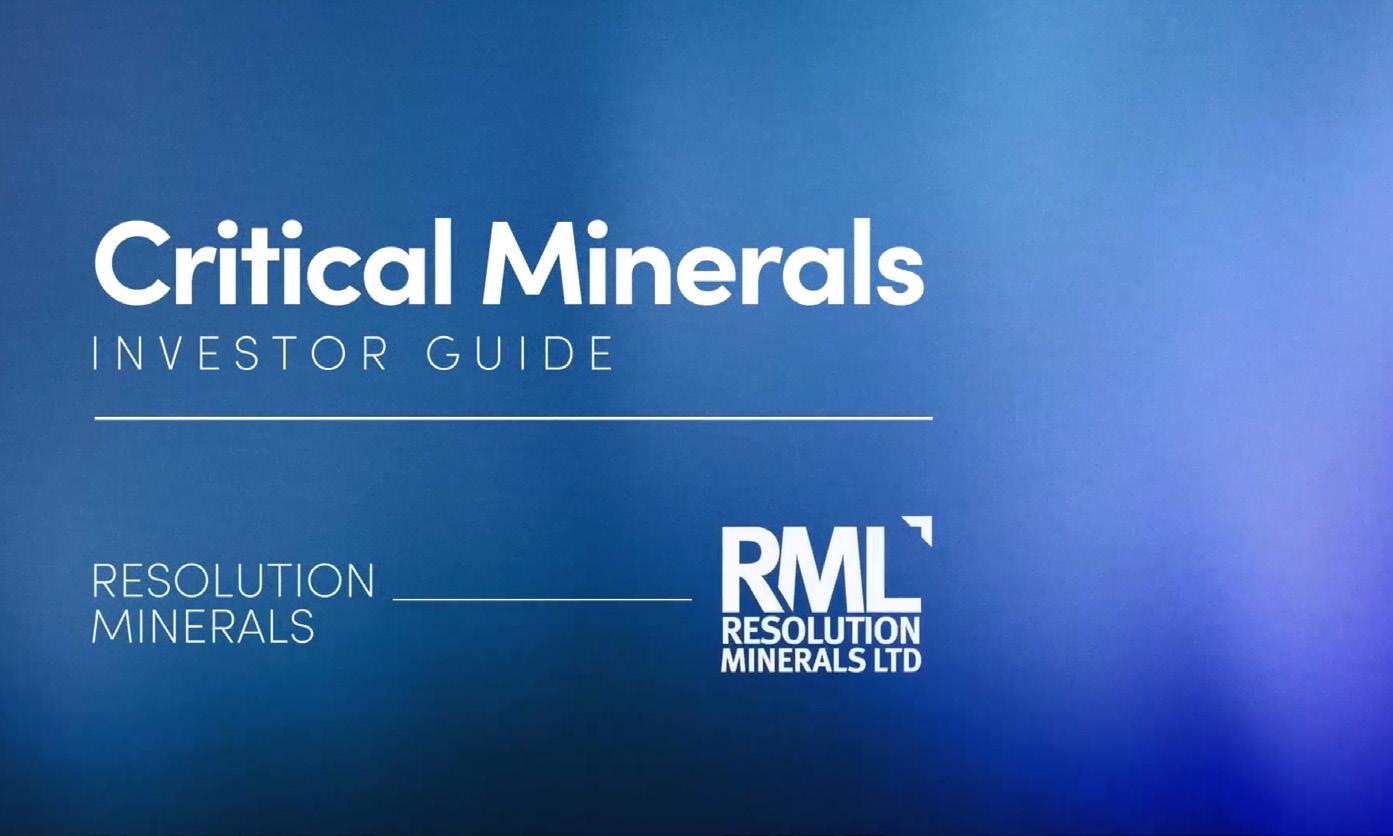
detection and ranging (LiDAR) survey by specialist consultants.
In all, 791 historical antimony, gold and copper workings, including 742 pits, 33 shafts and 16 adits, were identified as being related to historical prospecting and mining.
Resolution executive director Aharon Zaetz said the LiDAR results demonstrated Drake East’s “significant upside with nearly 800 mine workings, that in reality are too numerous to count”.
Resolution Minerals (ASX:RML) is in the thick of the exploration rush for the critical metal antimony in north-east NSW’s New England Fold Belt.
A recent acquisition delivered Resolution a portfolio of antimony-gold projects in the antimony-hot region, with the Drake East project quickly emerging as the flagship.
Antimony was first discovered in the 1870s along the fold belt and the region has a long although spasmodic production history in the metal.
Ground at Resolution’s Drake East was part of the activity, something highlighted by results from a reassessment and interpretation of a light
He said that apart from the project’s antimony potential, the widespread historical placer gold workings were a valid and exciting exploration target.
Legacy Minerals (ASX:LGM) owns the adjacent Drake project which apart from being advanced for its large-scale epithermal gold-silver potential, is also home to the Lunatic antimony field where surface rock sampling following a LiDAR survey has been returning highgrade results.
Resolution is now also busy with “ground truthing” the LiDAR results, encouraged by knowing previous sampling at workings on its ground returned high-grade antimony, gold and silver values.
Antimony has become something of a boom metal in the last couple of years because of China’s tightening of export controls. It accounts for 55% of global
mine production.
Prices have increased more than fivefold to well beyond US$50,000/t since things began to stir on the geopolitical front.
Its “critical” status – it appears on all of the world’s critical mineral lists –came in to sharp focus in August 2024 when China first announced export controls which it followed up with export bans to the US in December 2024 in the early skirmishes of the trade/tariff war.
Prized for its fire retardant and metal hardening properties, supply/demand has also become tight in recent years due to rising applications for antimony in electronics, military systems and glass for solar panels.
“The antimony thematic has become relevant for everybody,” Zaetz said.
“We see it as a really good opportunity for Resolution. Now we will get boots on the ground and work up drilling targets and hopefully make a discovery.”

Scan here for the company website. The JORC Competent Person statement is on page 21
◾ Company Name: St George Mining
◾ Company ASX code: SGQ
◾ Key Areas: Niobium, Rare Earths
◾ Key Personnel: John Prineas, Executive Chairman
◾ Locations: South-Eastern Brazil, South America
◾ Market Cap as of 28/04/2025: $66.69M
◾ 52 Week share price range: $0.015 - $0.045
◾ Website: stgm.com.au

opportunity for the $50 million company, Prineas said the hard rock rare earths starting from surface gave St George a point of difference.

St George Mining (ASX:SGQ) is on a fast-track to niobium production from its recently acquired Araxá project in Brazil’s Minas Gerais state.
The advanced critical minerals project sits next to the world’s biggest niobium operation owned by CBMM - itself owned by Brazilian, Japanese, Korean and Chinese interests - and could also deliver St George a second revenue stream from rare earths.
St George executive chairman John Prineas said Araxá was a company-making project.
“It has the niobium, which is a very stable commodity and is produced in a very simple production process as CBMM have been doing next door for more than 50 years,” Prineas said.
“We also believe that we have got worldclass rare earths there as well.”
While Araxá’s niobium is a standalone
“We are already in discussions with scientific agencies in Brazil on processing rare earths and the production of rare earths magnets,” Prineas said.
“So we have a dual opportunity to create value for shareholders, through the niobium which is a more certain outcome, and then we have the rare earths which are heating up worldwide due to geopolitical tensions.”
The first taste of Araxá’s world-class potential came in early April with St George reporting a maiden resource of 41.2Mt grading 0.68% niobium pentoxide and 40.6Mt grading 4.13% total rare earths oxide.
Both niobium and rare earths rank highly in the EU and US critical mineral lists due to a mix of concentrated supply (there are only three niobium producers) and because of China’s supply chain dominance (rare earths).
Ferroniobium (88% of demand) is used in stronger/lighter steel alloy production while niobium oxide (12% of demand) is used in super-conductive magnets. New battery applications are also in development.
Rare earths are critical to permanent magnets used in a wide range of applications, mostly in the energy
transformation category. Robotics is forecast as a huge growth sector.
St George has kicked off a niobium and rare earths downstream processing study, a key step in future plant design and project construction for a potential operation at Araxá. Under a fast-tracked approach, first niobium production could be possible in late 2026.
The potential for a speedy move into production reflects Araxá’s advanced nature, which Prineas said stood as a de-risked, world-class project with extensive high-grade niobium and REE mineralisation confirmed by historical drilling.

JOHN PRINEAS EXECUTIVE CHAIRMAN

Scan here for the company website. The JORC Competent Person statement is on page 22
◾ Company Name: Terrain Minerals
◾ Company ASX code: TMX
◾ Key Areas: Gallium, Rare Earths, Lithium and Gold/Copper
◾ Key Personnel: Justin Virgin, Executive Director
◾ Locations: Mid West, East-Pilbara and Esperance Region, Western Australia and Central Queensland
◾ Market Cap as of 28/04/2025: $6.01M
◾ 52 Week share price range: $0.002 - $0.006
◾ Website: terrainminerals.com.au

Terrain Minerals (ASX:TMX) has paired its ongoing focus on the critical minerals space to a stepped up gold exploration effort.
The dual focus means newsflow in 2025 will be strong across gallium and rare earths, and gold exploration in Western Australia.
Gold/copper exploration in Queensland and the hunt for lithium in the East Pilbara is also in the works for the active explorer with a $6 million market capitalisation.
Executive director Justin Virgin said the junior explorer remained committed to the ‘future facing’ commodities (gallium, copper, rare earths and lithium) in tandem with accelerating its gold program.
Gold exploration in a strong gold price
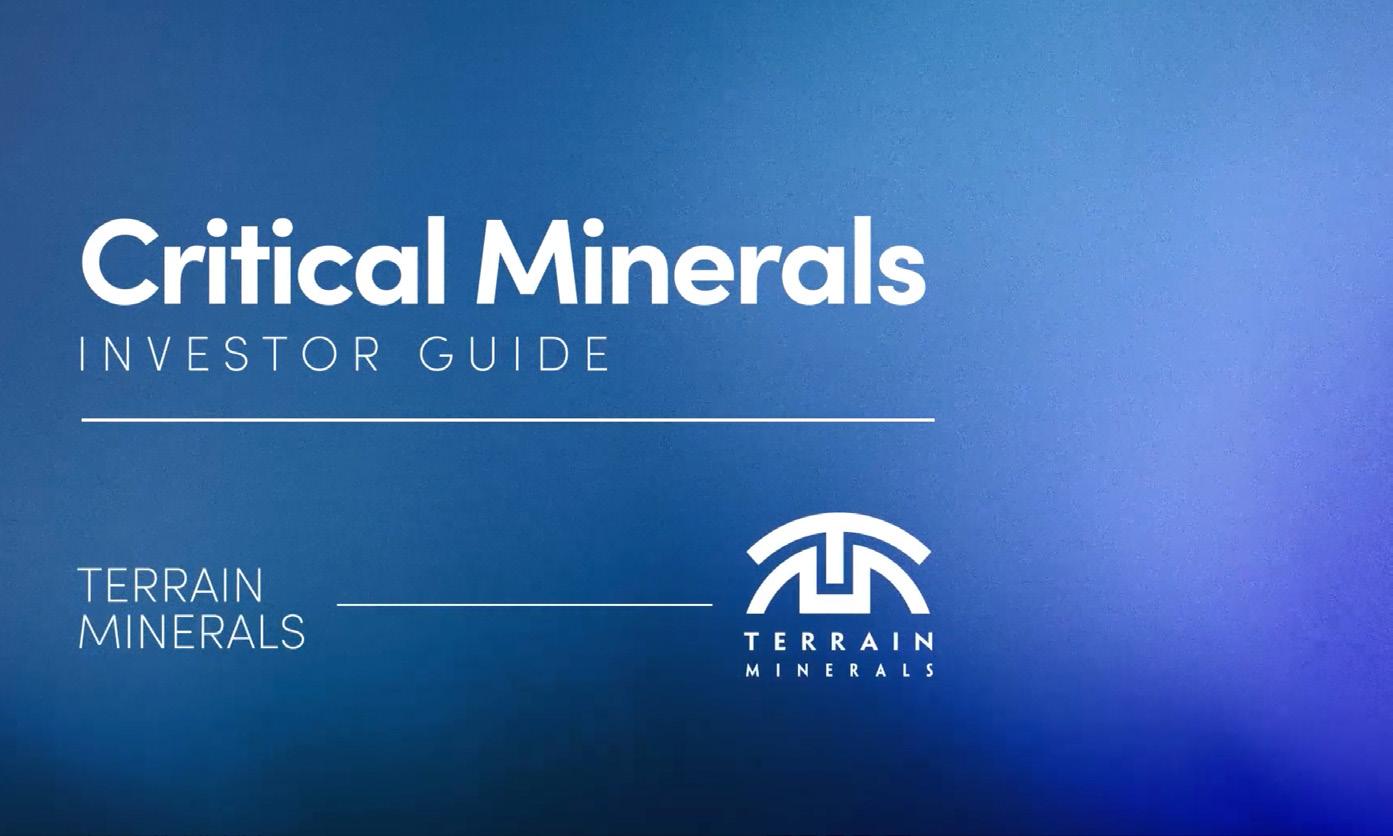
environment speaks for itself, leaving Virgin to comment that the overall approach of the company was to chase good projects first, then the commodity.
“If it is an opportunity in a prospective area, then you’ve got to go for it, obviously the commodity must also be marketable.”
That thinking came through in Terrain’s discovery of the Larins Lane gallium/rare earths project in WA’s MidWest. Initially at least, the exploration focus in late 2023 was on base and precious metals.
“We found gallium, and we are happy to take it,” Virgin said. A JORC compliant exploration target for the gallium and rare earths – based on less than 5% of the prospective geology –was released in November 2024.
The conservative early-stage exploration target is 25-33Mt grading 19-21 grams per tonne gallium and 980880 parts per million rare earths hosted in shallow sands sitting above the fresh bedrock.
While conceptual, the exploration target gave a strong hint about the project’s potential upside. News flow in the coming months will be around metallurgical test work at Curtin University funded by the WA Government.
The results will shape Terrain’s next steps.
“Data will pour out over the next six months from the Government study. It could really unlock the project,’’ Virgin said.
Gallium is classified as a critical mineral because its main applications have a strong military overlay at a time of heightened geopolitical risks, most noticeably China’s “weaponisation” of the market through export controls. More recently for Terrain, drilling for nickel at the Lort River project near Esperance turned up a rare earths opportunity when a single reconnaissance drill hole in the program returned an 8m intersection from 23m downhole grading 4,037ppm rare earths oxide.
The high-grade clay-hosted find is in a different geological setting, on the edge of a major mafic intrusive, to other rare earths exploration projects in the region.
“It’s potentially a game-changer for the rare earths space in the south of WA,” Virgin said.
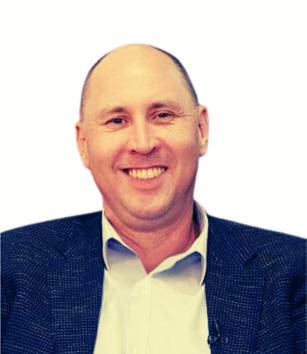
JUSTIN VIRGIN EXECUTIVE DIRECTOR

Scan here for the company website. The JORC Competent Person statement is on page 23
◾ Company Name: Trigg Minerals
◾ Company ASX code: TMG
◾ Key Areas: Antimony
◾ Key Personnel: Timothy Morrison,
Executive Chairman | Andre Booyzen, Managing Director
◾ Locations: North-East New South Wales
◾ Market Cap as of 28/04/2025: $41.57M
◾ 52 Week share price range: $0.005 - $0.057
◾ Website: trigg.com.au
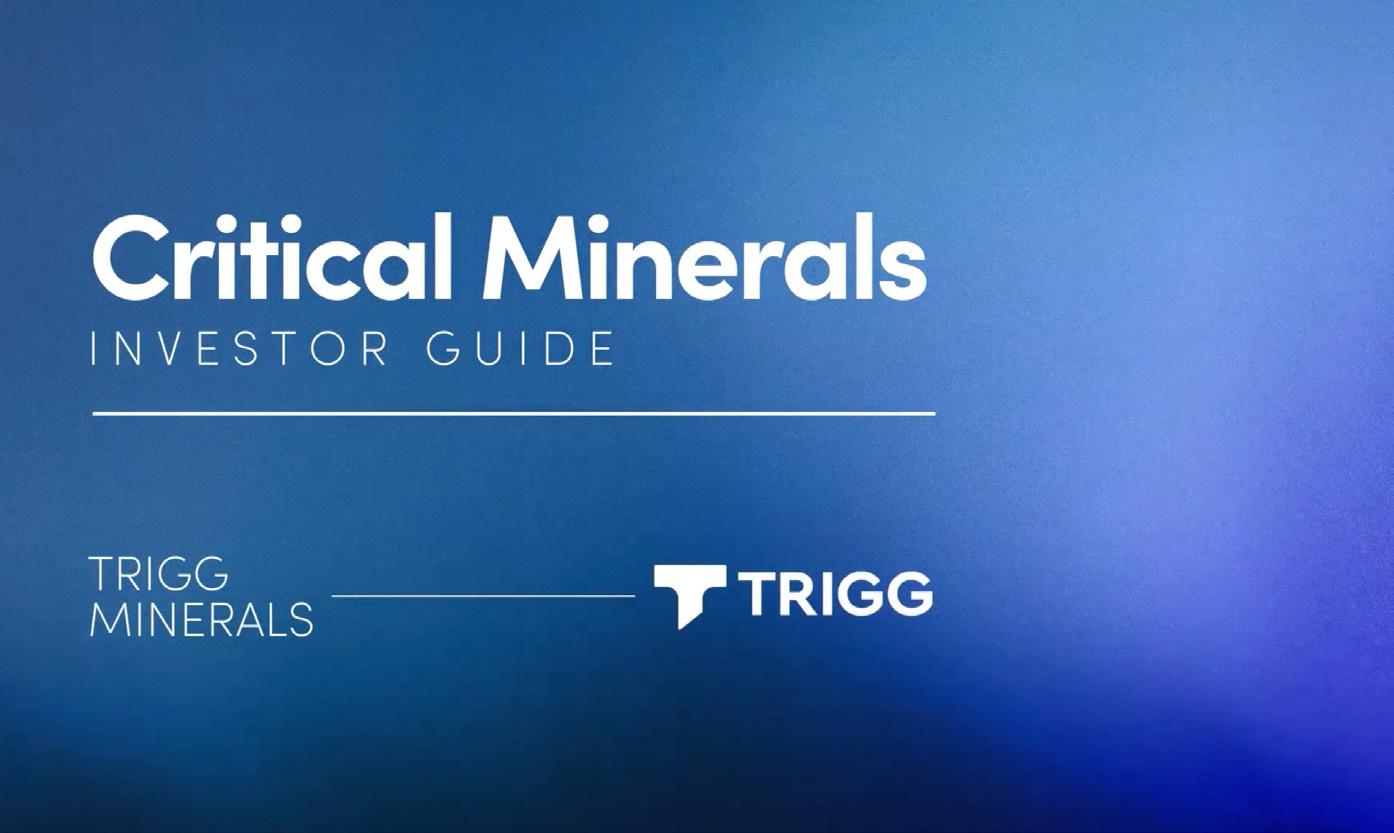
antimony for 29,900t of the high-value metal.

China’s ban on exports of antimony to the US announced in December put a rocket under prices for the strategic metal.
The ban represented an early escalation of the trade war between Beijing and Washington.
Closer to home, the ban and subsequent spike in prices has fired up interest in the crop of ASX companies operating in Australia’s antimony hotspot – the New England region of NSW.
Trigg Minerals (ASX:TMG) is in the thick of things and has gone a step further than its peers by adding tungsten to the critical metals mix at its flagship Wild Cattle Creek (WCC) antimony project.
WCC is already known as Australia’s highest-grade undeveloped antimony deposit containing 1.52Mt grading 1.97%
But tungsten mineralisation near the high-grade antimony zones was overlooked by previous explorers at the property. Buoyed by recent exploration success, Trigg is now evaluating the potential to add tungsten as a second strategic metals leg to the WCC story.
The additional focus on tungsten follows China following up its ban on antimony with the imposition of export controls on tungsten in February which has also fired up prices for the metal.
Trigg managing director and antimony industry veteran Andre Booyzen is not surprised by the boom prices for antimony, saying it has been more than 10 years in the making.
He said China’s reserves had been falling over the years in a quite substantial way.
“Fifteen years ago they had close to 80% of the world’s reserves in antimony and now they are down to just over 50%. They have been exploring like crazy, but they are running out,” Booyzen said.
“And during this time most of the antimony mines outside of China have shut down. No one has really cared.
“The price has been the problem as it has not supported new antimony mines. So, America and Europe can’t really blame anyone as the guys just haven’t been putting money into exploration for
new mines.
“Now there is a sudden rush because it is a critical mineral.”
Booyzen said there were probably 3050 deposits that had been identified all over the world.
“But I can tell you now if one or two per cent of those actually go into production, I will be very surprised.”
He said WCC had what it took to become a mine.
“We have got a good JORC resource there and the grades are reasonable so that at current prices – or even lower prices – it will make good money.”
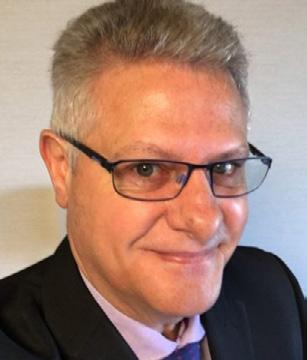

ANDRE BOOYZEN MANAGING DIRECTOR
Scan here for the company website. The JORC Competent Person statement is on page 24
◾ Company Name: Western Yilgarn
◾ Company ASX code: WYX
◾ Key Areas: Gallium, Bauxite
◾ Key Personnel: Peter Lewis, Non-Executive Chairman | John Ciganek, Non-Executive Director | Peter Michael, Non-Executive Director
| Pedro Kastellorizos, Non-Executive Director
◾ Locations: Wheatbelt, Western Australia
◾ Market Cap as of 28/04/2025: $4.67M
◾ 52 Week share price range: $0.020 - $0.063
◾ Website: westernyilgarn.com.au

The strategic metal gallium has emerged as a potential sweetener to West Yilgarn’s (ASX:WYX) bauxite ambitions in the northern portion of Western Australia’s Darling Range bauxite mineral field.
The company was alerted to the gallium opportunity after reviewing historical drilling data at its recent pickup of the New Norcia bauxite-gallium project, 120km north of Perth and 25km north of the flagship Julimar West bauxite project.
Gallium has shot to prominence in the critical minerals space because of import restrictions by China for the metal which has high-tech applications in high-speed semi-conductor chips, LEDs, solar panel cells and electronics devices.
In early December 2024, China banned the export of gallium to the US, along with germanium and antimony,
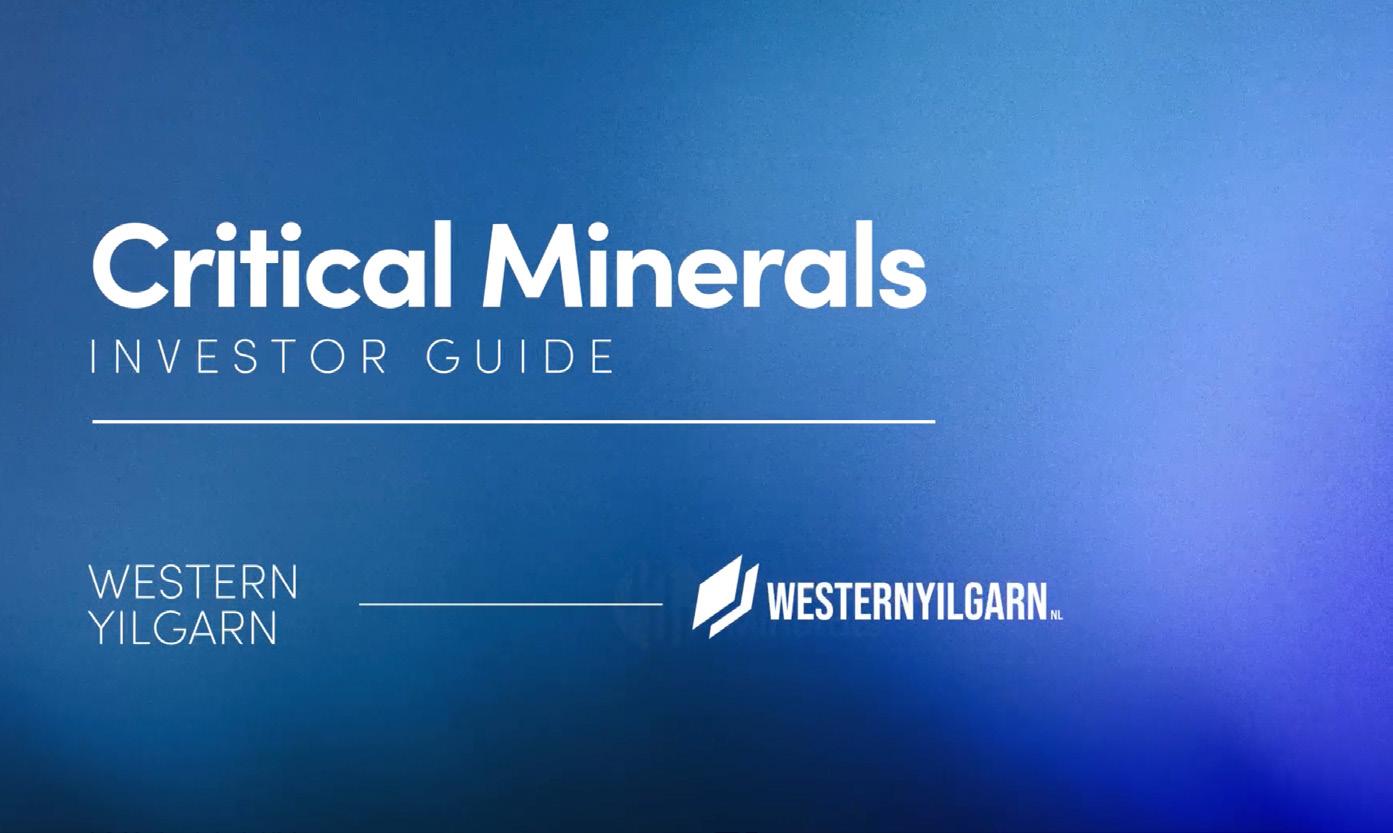
on national security grounds given they are crucial for military and civilian technologies.
Historical drilling at New Norcia delineated high-grade gallium over 4km by 2.3km, with best results of 2m at 134.3g/t gallium and 9m at 110.28g/t, both from surface.
Western Yilgarn director John Ciganek said the gallium was a welcome surprise for the company.
“I would classify the grade as very high and presents as an opportunity in that we might be able to get a gallium credit alongside a bauxite operation,” he said.
Ciganek added the Julimar West project, adjacent to Chalice Mining’s world-scale PGE-nickel-copper Julimar project, remained the priority given the scale of the opportunity for the sub-$5 million company.
The resource estimate for Julimar West stands at 168 million tonnes at 36.1% alumina, the precursor feedstock in aluminium production, with the lightweight material appearing on government critical minerals lists.
While bauxite does not feature on critical minerals lists it has become strategically important recently due to supply issues in Guinea, the world’s biggest supplier of seaborne bauxite, and pressure on domestic suppliers in China.
“Given our modest market cap the company stands as a low cost entry into
bauxite,” Ciganek said.
“We have a really large bauxite resource in an established mining region at a time when bauxite demand is very strong and prices are at or near all-time highs.
“Once we demonstrate that we have a viable project with a scoping study, I think that’s when we can expect a market re-rating.”
Ciganek said investors could expect a strong newsflow for the remainder of 2025. Apart from the company looking at adding other projects, a scoping study into a small to medium scale direct shipping ore bauxite operation is in the works.

JOHN CIGANEK NON-EXECUTIVE DIRECTOR

Scan here for the company website. The JORC Competent Person statement is on page 25
Kingsland Minerals (KNG) (from page 10)
Competent Person Statement
Information regarding the Mineral Resource Estimate for the Leliyn Graphite Deposit is extracted from the report ‘Indicated Resource to Support Scoping Study at Leliyn Graphite Project’ created on 8 April 2025. This report is available to view on www.kingslandminerals.com. au or on the ASX website www.asx.com.au under ticker code KNG.
The company confirms that it is not aware of any new information or data that materially affects the information included in the original market announcement and, in the case of estimates of Mineral Resources or Ore Reserves, that all material assumptions and technical parameters underpinning the estimates in the relevant market announcements continue to apply and have not materially changed.
The company confirms that the form and context in which the Competent Person’s findings are presented have not been materially modified from the original market announcements.
Krakatoa Resources (KTA) (from page 11)
Competent Person Statement
*Cautionary statement: The foreign estimate and foreign exploration results in this report are not reported in accordance with the JORC Code 2012. A competent person has not done sufficient work to classify the foreign estimate as a Mineral Resource, or disclose the foreign exploration results, in accordance with the JORC Code 2012. It is uncertain that following evaluation and/or further exploration work the foreign estimate will be able to be reported in accordance with the JORC Code 2012, and it is possible that following further evaluation and/or exploration work that the confidence in the reported foreign exploration results may be reduced when reported under the JORC Code 2012. Nothing has come to the attention of the Company that causes it to question the accuracy or reliability of the foreign exploration results, but the Company has not independently validated the foreign exploration results and therefore is not to be regarded as reporting, adopting or endorsing the foreign exploration results.
Petratherm (PTR) (from page 13)
Competent Person Statement
The information in this report that relates to Exploration Targets and Exploration Results is based on information compiled by Mr Peter Reid, who is a Competent Person, and a Member of the Australian Institute of Geoscientists. Mr Reid is not aware of any new information or data that materially affects the historical exploration results included in this report. Mr Reid is an employee of Petratherm Limited. Mr Reid has sufficient experience that is relevant to the style of mineralisation and type of deposit under consideration and to the activity being undertaken to qualify as a Competent Person as defined in the 2012 Edition of the ‘Australasian Code for Reporting of Exploration Results, Mineral Resources and Ore Reserves’. Mr Reid consents to the inclusion in the report of the matters based on his information in the form and context in which it appears Reference to Previous Reports
Information in this report that relates to a discovery at Muckanippie was reported to the ASX 11 September 2024 “High-Grade Titanium Rich Heavy Mineral Sands at Muckanippie” and 4 December 2024 “Drill Results Confirm Major HMS Discovery at Rosewood”. The extent of mineralized area was reported to the ASX 06 February 2025 “Drilling Confirms Potential for World-Class Titanium Project”. Information on the mineral assemblage was reported to the ASX 20 January 2025 “Pure High-Value Titanium Mineral Assemblage at Rosewood”.
Petratherm Limited confirms that it is not aware of any new information or data that materially affects the information included in the original market announcements. Petratherm Limited confirms that the form and context in which the Competent Person’s findings are presented have not been materially modified from the original market announcements.
RareX (REE) (from page 14)
Competent Person Statement
The information in this report that related to exploration results has been compiled and reviewed by Mr Guy Moulang. Mr Guy Moulang is a full-time employee of RareX Limited and is a Member of the Australian Institute of Geoscientists and has sufficient experience relevant to the style of mineralisation and type of deposit under consideration and to the activity which he is undertaking to qualify as Competent Person as defined in the 2012 Edition of the Australasian Code for the Reporting of Exploration Results, Mineral Resources and Ore Reserves (JORC Code). Mr Guy Moulang consents to the disclosure of the information in this report in the form and context in which it appears.
Reference made in this report is from previously announced information on the ASX as per below:
22nd April 2025, “RareX and Iluka in consortium for Mrima Hill”
09th April 2025, “Scandium adds a multi-critical metal aspect to Cummins Range”
25th March 2025, “RareX discovers high grade gallium at Cummins Range”
25th January 2024, “Cummins Range Mineral Resource Estimate Update”
The mineral resource estimate for the Cummins Range project was announced in January 2024. The company is not aware of any information or assumptions that can materially impact the resource numbers reported in that announcement and that all material assumptions and technical parameters underpinning the Mineral Resource Estimate continue to apply and have not materially changed.
AusIMM, SEG, Principal Geologist/director of exploration consulting firm, Riviere Minerals Pty. Ltd, who is a Member of the Australasian Institute of Mining and Metallurgy.
Mr Brown has sufficient experience, which is relevant to the exploration activities, style of mineralisation and types of deposits under consideration, and to the activity which has been undertaken, to qualify as a Competent Person as defined in the 2012 Edition of the “Australasian Code for Reporting of Exploration Results, Mineral Resources and Ore Reserves”. Riviere Minerals is consulting to Resolution Minerals Limited and consents to the report being issued in the form and context in which it appears.
The Company confirms it is not aware of any new information or data that materially affects the information cross referenced in this report. The Company confirms that the form and context in which the Competent Person’s findings are presented have not been materially modified from the original announcements.
This report and opinions contained herein are based on LiDAR results received from LIDAR data modelling and interpretation specialists, GeoCloud Analytics. The original author who has adequate experience to review LiDAR interpretations has based its review of the interpretation, conclusions and recommendations from these results in the format it was provided.
The original author does not take any responsibility or liability for the commentary derived from these sources, nor does the original author take any responsibility or liability for commercial decisions nor work carried out by Resolution Minerals Ltd, any related party, or subsequent parties, or actions resulting from them.
Resolution Minerals (RML) (from page 15)
The information in this report, that relates to proposed exploration activities for the Drake East Project in New South Wales, is based on information reviewed and compiled by Mr Ross Brown BSc (Hons), M
CAUTIONARY NOTE: The gold and antimony prospects are historical and are not 2012 JORC Code compliant. The Competent Person has not done sufficient work to classify these
occurrences as mineral resources in accordance with the 2012 JORC Code. There are no guarantees that further tests would elevate these occurrences to 2012 JORC Code compliancy.
St George Mining (SGQ) (from page 16)
Competent Person Statement:
Mr. Beau Nicholls
The information in this report that relates to Mineral Resource Estimate and historical/foreign results is based upon, and fairly represents, information and supporting documentation reviewed and compiled by Mr. Beau Nicholls, a Competent Person who is a Fellow of The Australian Institute of Geoscientists.
Mr Nicholls is the Principal Consultant of EM2 Ltd (Sahara), an independent consultancy engaged by St George Mining Limited for the review of historical data and preparation of the Mineral Resource Estimate for the Araxá Niobium & Rare Earth Project under the JORC guidelines of 2012.
Mr Nicholls has sufficient experience that is relevant to the style of mineralisation and type of deposit under consideration and to the activity being undertaken to qualify as a Competent Person as defined in the 2012 edition of the “Australasian Code for Reporting of Exploration Results, Mineral Resources and Ore Reserves”.
Mr Nicholls consents to the inclusion in the report of the matters based on his information in the form and context in which it appears.
Mr. Leandro Silva
The information in this ASX Release that relates to Mineral Resource Estimate is based upon, and fairly represents, information and supporting documentation reviewed and compiled by Mr Leandro Silva, a Competent Person who is Member of The Australian Institute of Geoscientists.
Mr Silva is the Consulting Geologist of EM2 Ltd (Sahara), an independent consultancy engaged by St George Mining Limited for the review of historical data and preparation of the Mineral Resource Estimate for the Araxá Niobium & Rare Earth Project under the JORC guidelines of 2012.
Mr Silva has sufficient experience that is relevant to the style of mineralisation and type of deposit under consideration and to the activity being undertaken to qualify as a Competent Person as defined in the 2012 edition of the “Australasian Code for Reporting of Exploration Results, Mineral Resources and Ore Reserves”.
Mr Silva consents to the inclusion in the report of the matters based on his information in the form and context in which it appears.
Competent Person Statement
Previously Released Information
The information in this ASX Release that relates to historical and foreign results is based upon, and fairly represents, information and supporting documentation reviewed by Mr. Carlos Silva, Senior Geologist employed by GE21 Consultoria Mineral and a Competent Person who is a Member of The Australian Institute of Geoscientists. GE21 an independent consultancy engaged by St George Mining Limited for the review of historical exploration data.
Mr Silva has sufficient experience that is relevant to the style of mineralisation and type of deposit under consideration and to the activity being undertaken to qualify as a Competent Person as defined in the 2012 edition of the “Australasian Code for Reporting of Exploration Results, Mineral Resources and Ore Reserves”. This ASX Release contains information extracted from the following reports which are available on the Company’s website at www.stgm. com.au:
6 August 2024 Acquisition of High-Grade Araxa Niobium Project
The Company confirms that it is not aware of any new information or data that materially affects the exploration results included in any original market announcements referred to in this report and that no material change in the results has occurred.
The Company confirms that the form and context in which the Competent Person’s findings are presented have not been materially modified from the original market announcements.
This report includes forward-looking statements that are only predictions and are subject to known and unknown risks, uncertainties, assumptions and other important factors, many of which are beyond the control of St George, the directors and the Company’s management. Such forward-looking statements are not guarantees of future performance.
Examples of forward-looking statements used in this report include
use of the words ‘may’, ‘could’, believes’, estimates’, targets’, ‘expects’, or ‘intends’ and other similar words that involve risks and uncertainties. These statements are based on an assessment of present economic and operating conditions, and on a number of assumptions regarding future events and actions that, as at the date of the report, are expected to take place.
Actual values, results, interpretations or events may be materially different to those expressed or implied in this report. Given these uncertainties, recipients are cautioned not to place reliance on forward-looking statements in the report as they speak only at the date of issue of this report.
Subject to any continuing obligations under applicable law and the ASX Listing Rules, St George does not undertake any obligation to update or revise any information or any of the forward-looking statements in this report or any changes in events, conditions or circumstances on which any such forward-looking statement is based.
This report has been prepared by St George Mining Limited. The document contains background Information about St George Mining Limited current at the date of this report.
The report is in summary form and does not purport to be all inclusive or complete. Recipients should not rely upon it as advice for investment purposes, as it does not take into account your investment objectives, financial position or needs. These factors should be considered, with or without professional advice, when deciding if an investment is appropriate.
The report is for information purposes only. Neither this report nor the information contained in it constitutes an offer, invitation, solicitation or recommendation in relation to the purchase or sale of shares in any jurisdiction.
The report may not be distributed in any jurisdiction except in accordance with the legal requirements applicable in such jurisdiction. Recipients should inform themselves of the restrictions that apply to their own jurisdiction as a failure to do so may result in a violation of securities laws in such jurisdiction.
This report does not constitute investment advice and has been prepared without taking into account the recipient’s investment
objectives, financial circumstances or particular needs and the opinions and recommendations in this report are not intended to represent recommendations of particular investments to particular person.
Recipients should seek professional advice when deciding if an investment is appropriate. All securities transactions involve risks, which include (among others) the risk of adverse or unanticipated market, financial or political developments.
To the extent permitted by law, no responsibility for any loss arising in any way (including by way of negligence) from anyone acting or refraining from acting as a result of this material is accepted by St George Mining Limited (including any of its related bodies corporate), its officers, employees, agents and advisers.
The Company confirms it is not aware of any information or assumptions that materially impacts the information included in this report and that the material assumptions and technical parameters underpinning the Mineral Resource Estimate continue to apply and have not materially changed.
Terrain Minerals (TMX) (from page 17)
The information in this report is based on information compiled by Mr. Rodney Brown who is a Member of the Australasian Institute of Mining and Metallurgy (AusIMM) and Member of the Australian Institute of Geoscientists (AIG). Mr Brown is Principal Consultant (Resource Evaluation) at SRK Consulting (Australia) Pty Ltd and has sufficient experience which is relevant to the style of mineralisation and type of deposit under consideration and to the activity which he is undertaking to qualify as a Competent Person as defined in the 2012 Edition of the ‘Australasian Code for Reporting of Exploration Results, Mineral Resources and Ore Reserves’. Mr. Brown consents to the inclusion in the report of the matters based on his information in the form and context in which it appears.
The information in this report that relates to Exploration Results are based on information compiled by Mr. B. Bell, who is a Member of the Australian Institute of Geoscientists and is a consultant retained
by Terrain Minerals Ltd. Mr Bell is a shareholder and options holder of Terrain Minerals Ltd. Mr Bell has sufficient experience which is relevant to the style of mineralisation and type of deposit under consideration and to the activity which he is undertaking to qualify as a Competent Person as defined in the 2012 Edition of the ‘Australasian Code for Reporting of Exploration Results, Mineral Resources and Ore Reserves’. Mr. Bell consents to the inclusion in the report of the matters based on his information in the form and context in which it appears.
The Company notes that within the report, all the information is referenced directly to the relevant original ASX market releases of that technical data.
Terrain Minerals would like to confirm to readers that it is not aware of any new information or data that materially affects the information included in the report and, in the case of the estimates of Mineral Resources, that all material assumptions and technical parameters underpinning the estimates in the relevant market announcement continue to apply and have not materially changed.
Information included in this report constitutes forward looking statements. Often, but not always, forward looking statements can generally be identified by the use of forward looking words such as “may”, “will”, “expect”, “intend”, “plan”, “estimate”, “anticipate”, “continue” and “guidance” or other similar words, and may include, without limitation, statements regarding plans, strategies and objectives of management, anticipated production or construction commencement dates and expected costs or production outputs.
Forward looking statements inherently involve known and unknown risks, uncertainties and other factors that may cause the company’s actual results, performance, and achievements to differ materially from any future results, performance or achievements. Relevant factors may include, but are not limited to, changes in commodity prices, foreign exchange fluctuations and general economic conditions, increased costs and demand for production inputs, the speculative nature of exploration and project development, including the risks of obtaining necessary licences and permits and diminishing quantities or grades
of reserves, political and social risks, changes to the regulatory framework within which the company operates or may in the future operate environmental conditions including extreme weather conditions, staffing and litigation.
Forward looking statements are based on the company and its management’s assumptions made in good faith relating to the financial, market, regulatory and other relevant environments that exist and effect the company’s business operations in the future. Readers are cautioned not to place undue reliance on forward looking statements.
Forward looking statements are only current and relevant for the date of issue. Subject to any continuing obligations under applicable law or any relevant stock exchange listing rules, in providing this information the company does not undertake any obligation to publicly update or revise any of the forward looking statements or advise of any change in events, conditions or circumstances on which such statement is based.
Trigg Minerals (TMG) (from page 18)
Competent Person Statements - Exploration Results & Mineral Resource Estimate
The information in this report that relates to Exploration Results for the Wild Cattle Creek antimony deposit is based on information compiled by Jonathan King, a full-time employee of Geoimpact Pty Ltd, geological consultants employed by Trigg Minerals Limited to carry out a geological evaluation of the mineralisation potential of their Wild Cattle Creek Project. Mr King is a Member of the Australian Institute of Geoscientists. He has sufficient relevant experience for the style of mineralisation, the type of deposit under consideration and the activity being undertaken to qualify as a Competent Person within the definition of the 2012 Edition of the Australasian Code for Reporting of Exploration Results, Mineral Resources and Ore Reserves (JORC Code). Mr King consents to the inclusion in the report of the Exploration Results in the form and context in which they appear.
The data in this report that relates to Mineral Resource Estimates for the Wild Cattle Creek antimony deposit is based on information
compiled by Mr Simon Tear, who is a Member of The Australasian Institute of Mining and Metallurgy (MAusIMM) and who has sufficient experience relevant to the style of mineralisation and type of deposit under consideration and to the activity which he is undertaking to qualify as a Competent Person as defined in the 2012 Edition of the Australasian Code for Reporting of Exploration Results, Mineral Resources and Ore Reserves (the “JORC Code). Mr Tear is a Director of H&S Consultants Pty Ltd and consents to the inclusion in the report of the Mineral Resource in the form and context in which they appear.
This report contains forward-looking statements that involve several risks and uncertainties. These forward-looking statements are expressed in good faith and believed to have a reasonable basis. These statements reflect current expectations, intentions or strategies regarding the future and assumptions based on currently available information. Should one or more of the risks or uncertainties materialise, or should underlying assumptions prove incorrect, actual results may vary from the expectations, intentions and strategies described in this report. No obligation is assumed to update forward looking statements if these beliefs, opinions, and estimates should change or to reflect other future developments.
Yilgarn (WYX) (from page 19)
The information in this report that relates to Exploration Results, Exploration Targets and Mineral Resources is based on information compiled and reviewed by Mr. Alfred Gillman, Director of independent consulting firm, Odessa Resource Pty Ltd. Mr. Gillman, a Fellow and Chartered Professional of the Australasian Institute of Mining and Metallurgy (the AusIMM) and has sufficient experience relevant to the styles of mineralisation under consideration and to the activity being reported to qualify as a Competent Person as defined in the 2012 Edition of the Australasian Code for Reporting of Exploration Results, Exploration Targets and Mineral Resources. Mr Gillman is a full-time employee of Odessa Resource Pty Ltd, who specialises in mineral resource estimation, evaluation, and exploration. Neither Mr Gillam
nor Odessa Resource Pty Ltd holds any interest in Western Yilgarn NL (WYX), its related parties, or in any of the mineral properties that are the subject of this report. Mr Gillman consents to the inclusion in this report of the matters based on information in the form and context in which it appears. Additionally, Mr Gillman confirms that the entity is not aware of any new information or data that materially affects the information contained in the ASX releases referred to in this report.
The information in this report that relates to Exploration Targets and Exploration Results is based on historical information compiled by Pedro Kastellorizos. Mr. Kastellorizos is the Non-Executive Director of Western Yilgarn NL (WYX) and is a Member of the AusIMM of whom have sufficient experience relevant to the styles of mineralisation under consideration and to the activity being reported to qualify as a Competent Person as defined in the 2012 Edition of the Australasian Code for Reporting of Exploration Results, Mineral Resources and Ore Reserves. Mr. Kastellorizos has verified the data disclosed in this report and consent to the inclusion in this report of the matters based on the information in the form and context in which it appears. Mr Kastellorizos has reviewed all relevant data for the aircore drilling program and reported the results accordingly.
Reference: Western Yilgarn NL (WYX) ASX announcement titled “Massive 168Mt Bauxite 2012 JORC Mineral Resource estimation over Julimar West Project”, dated 5th March 2025.
